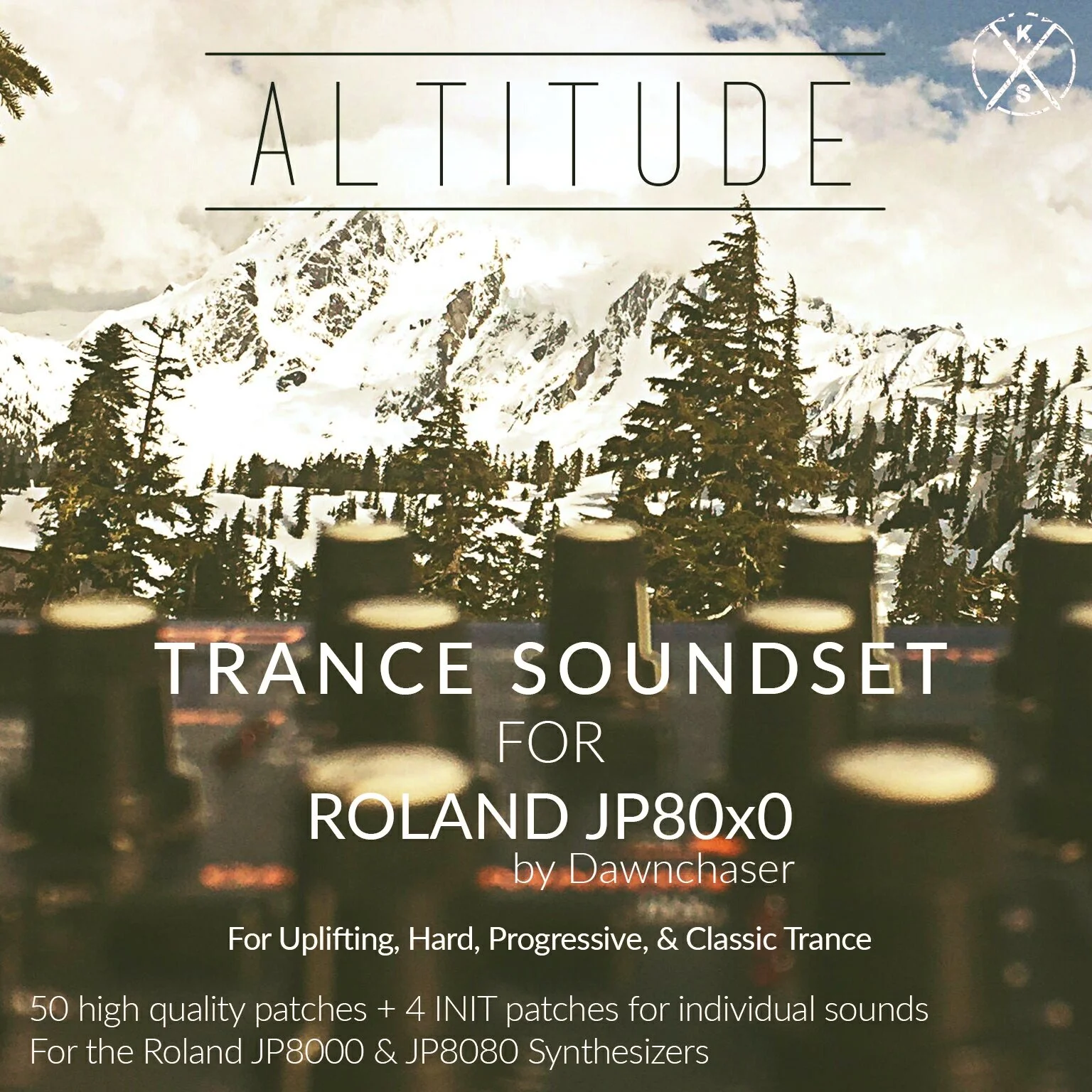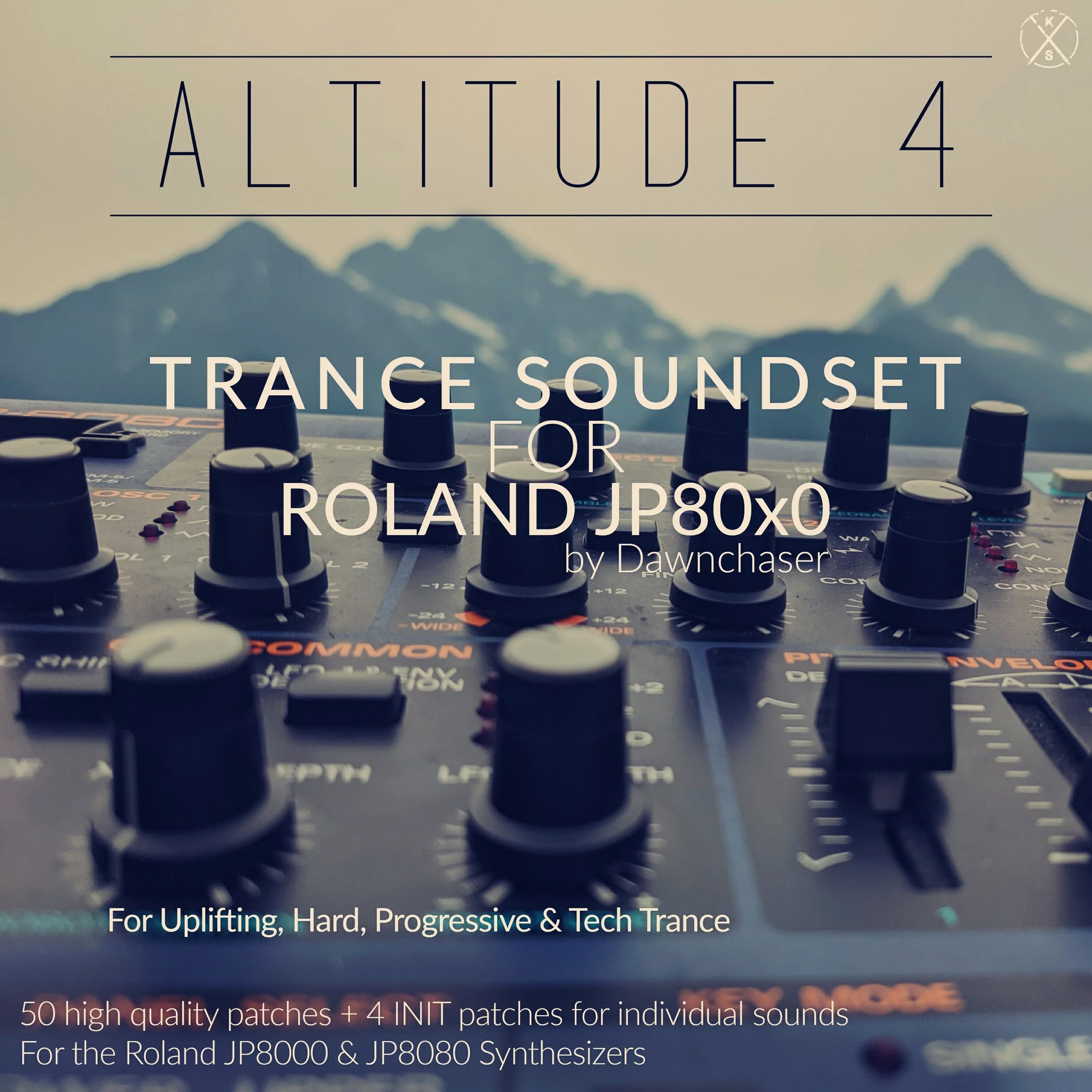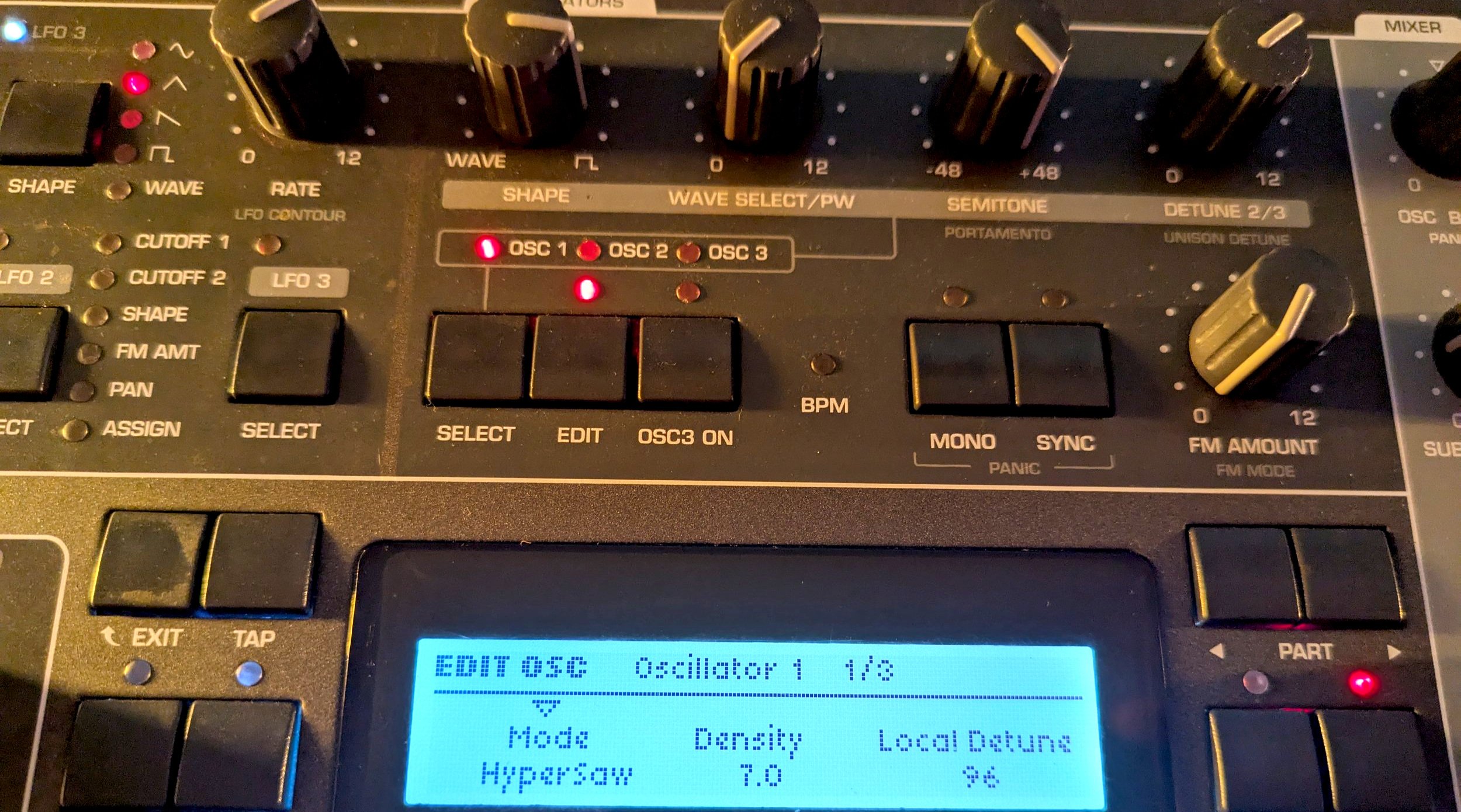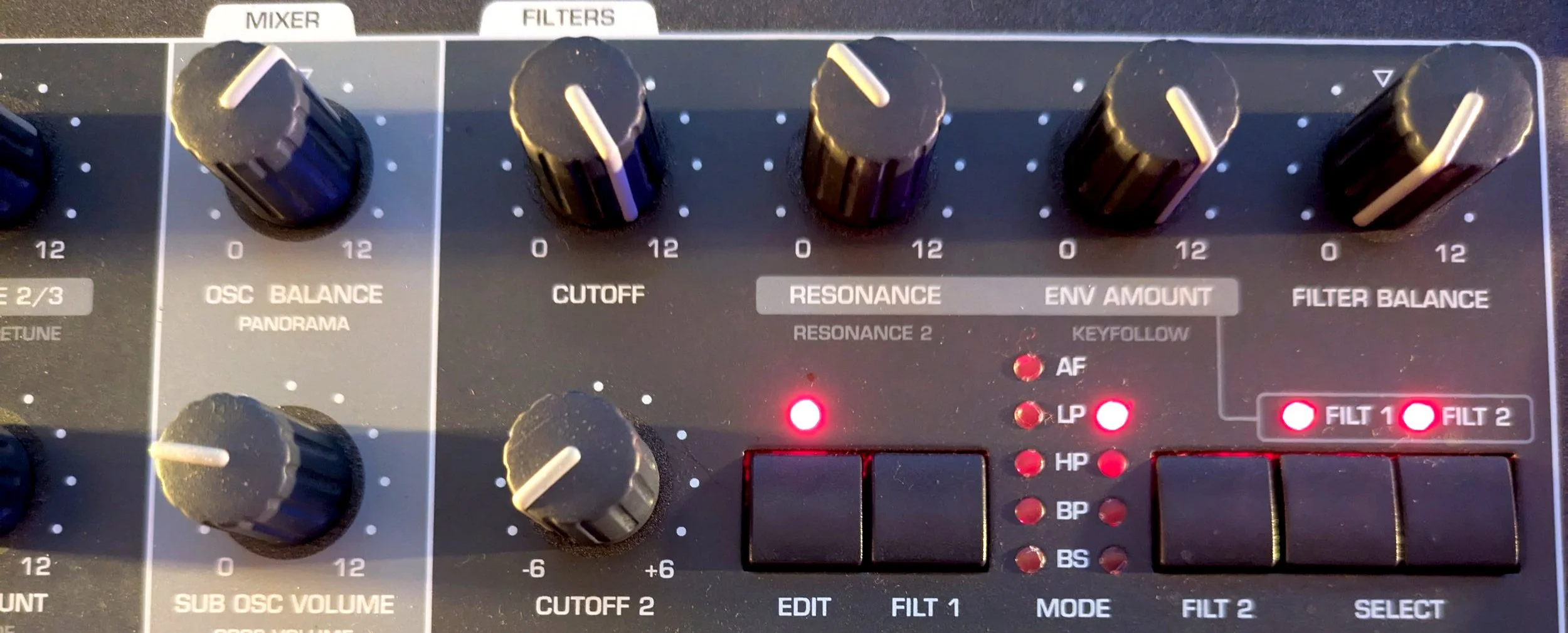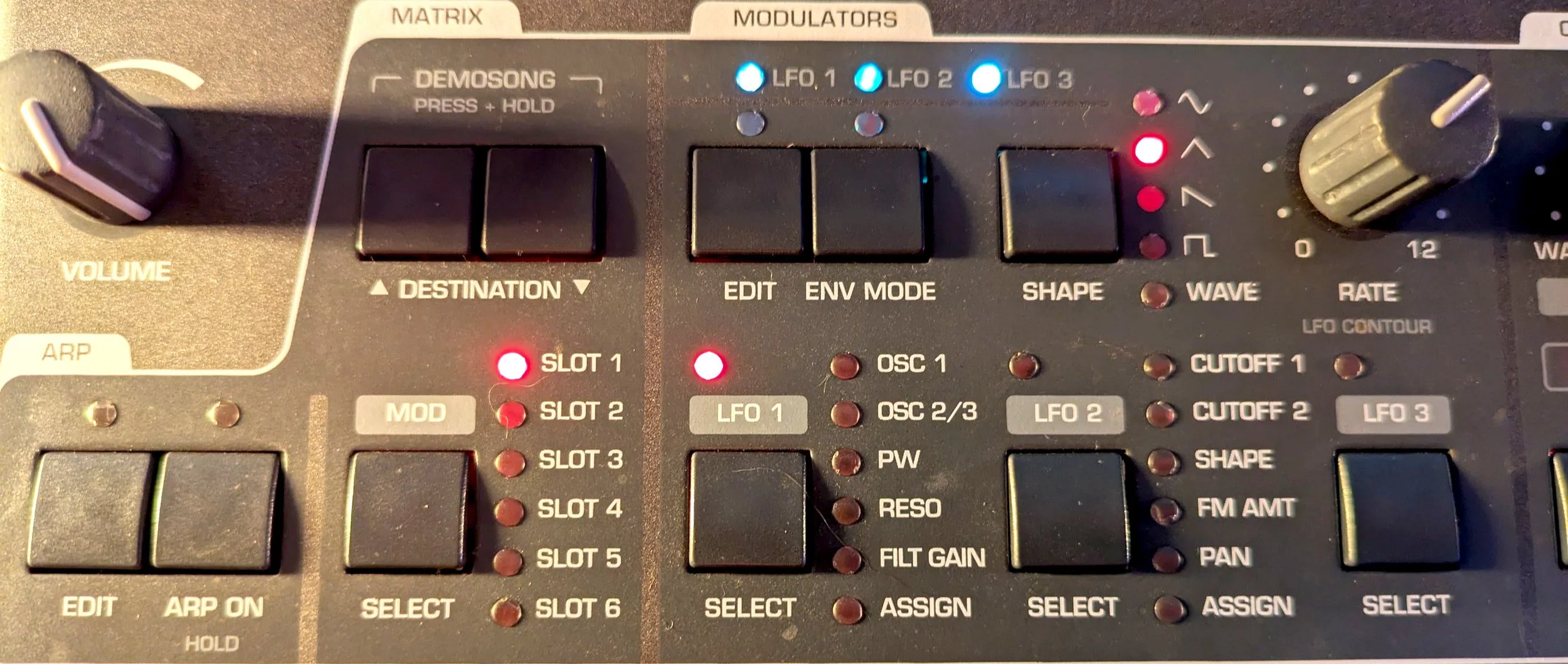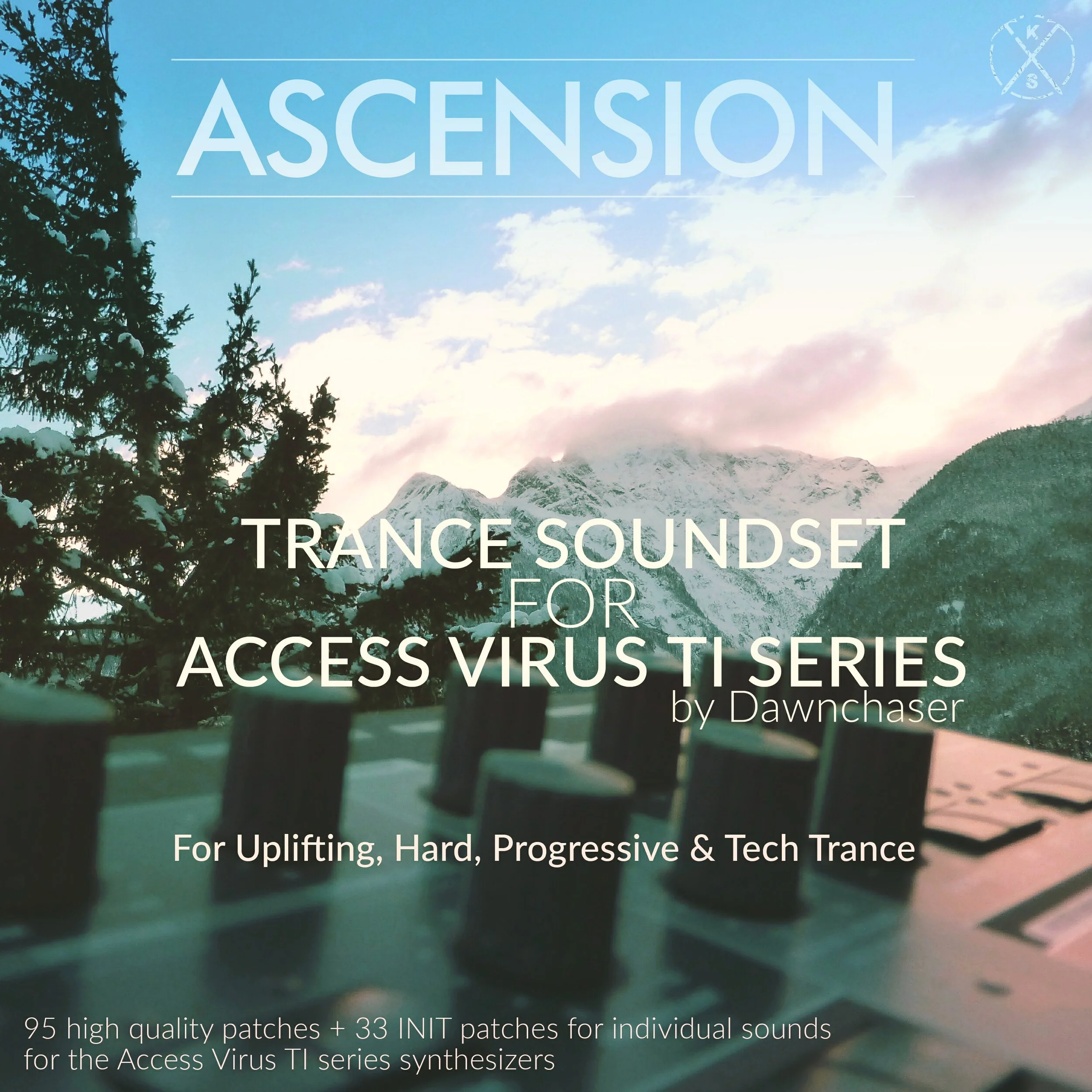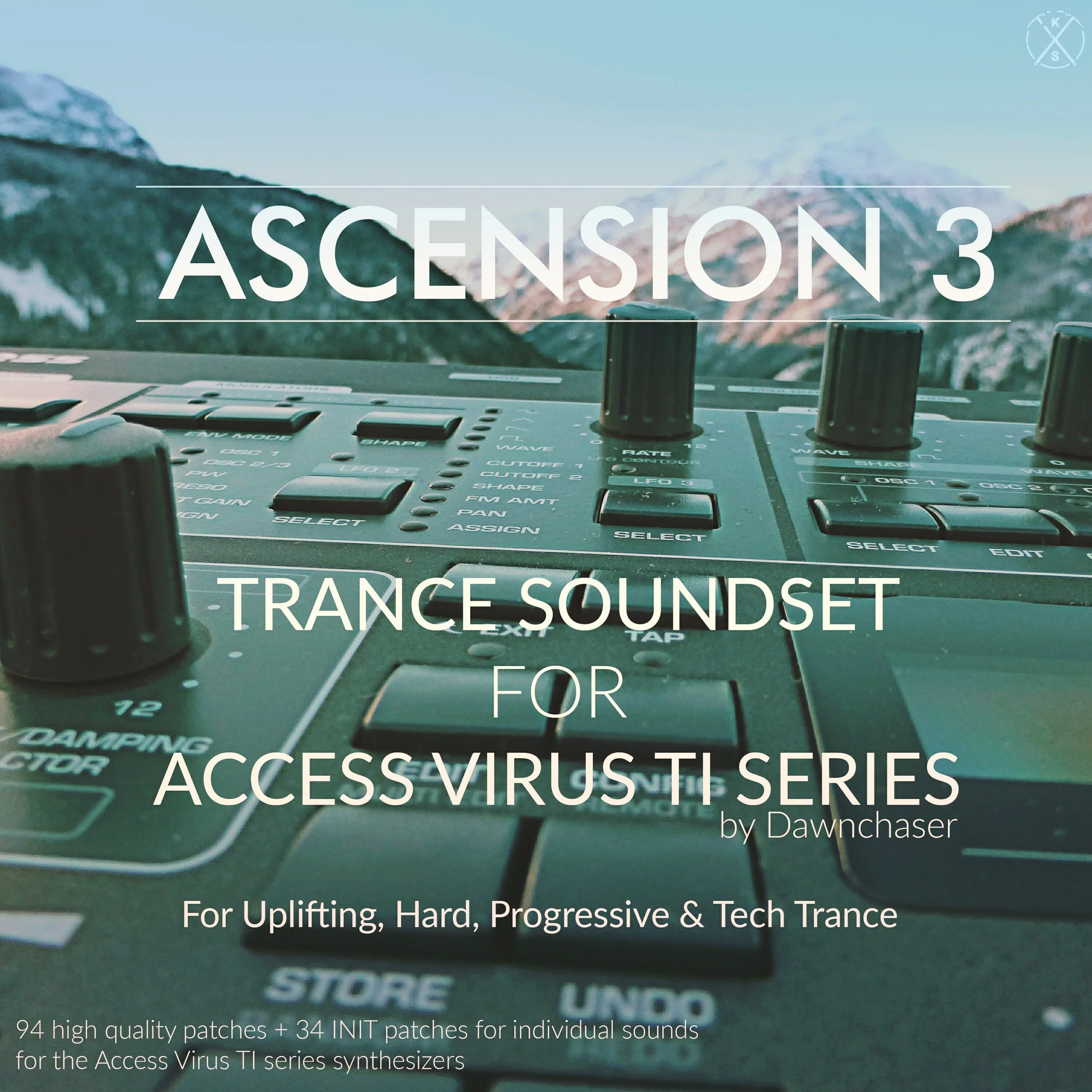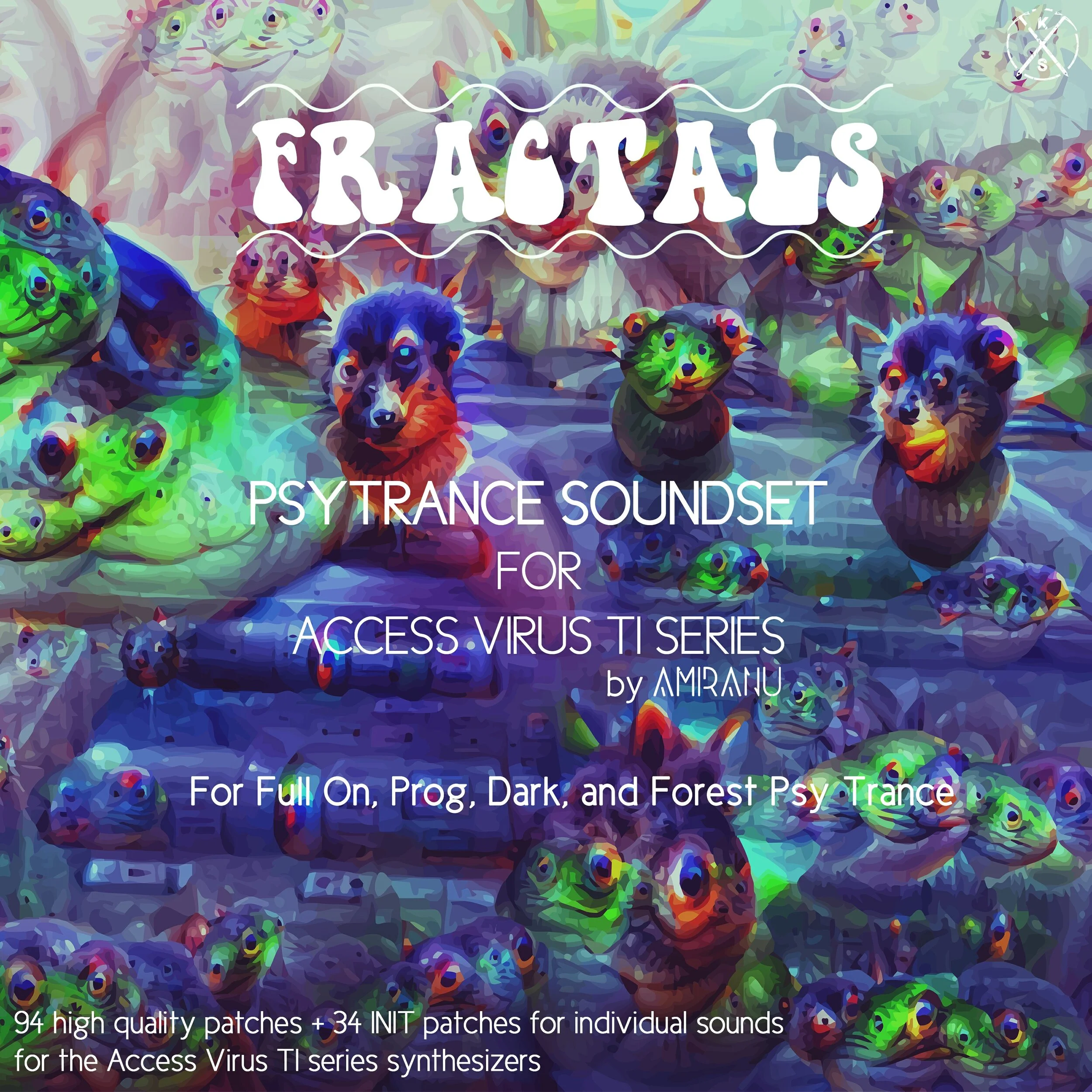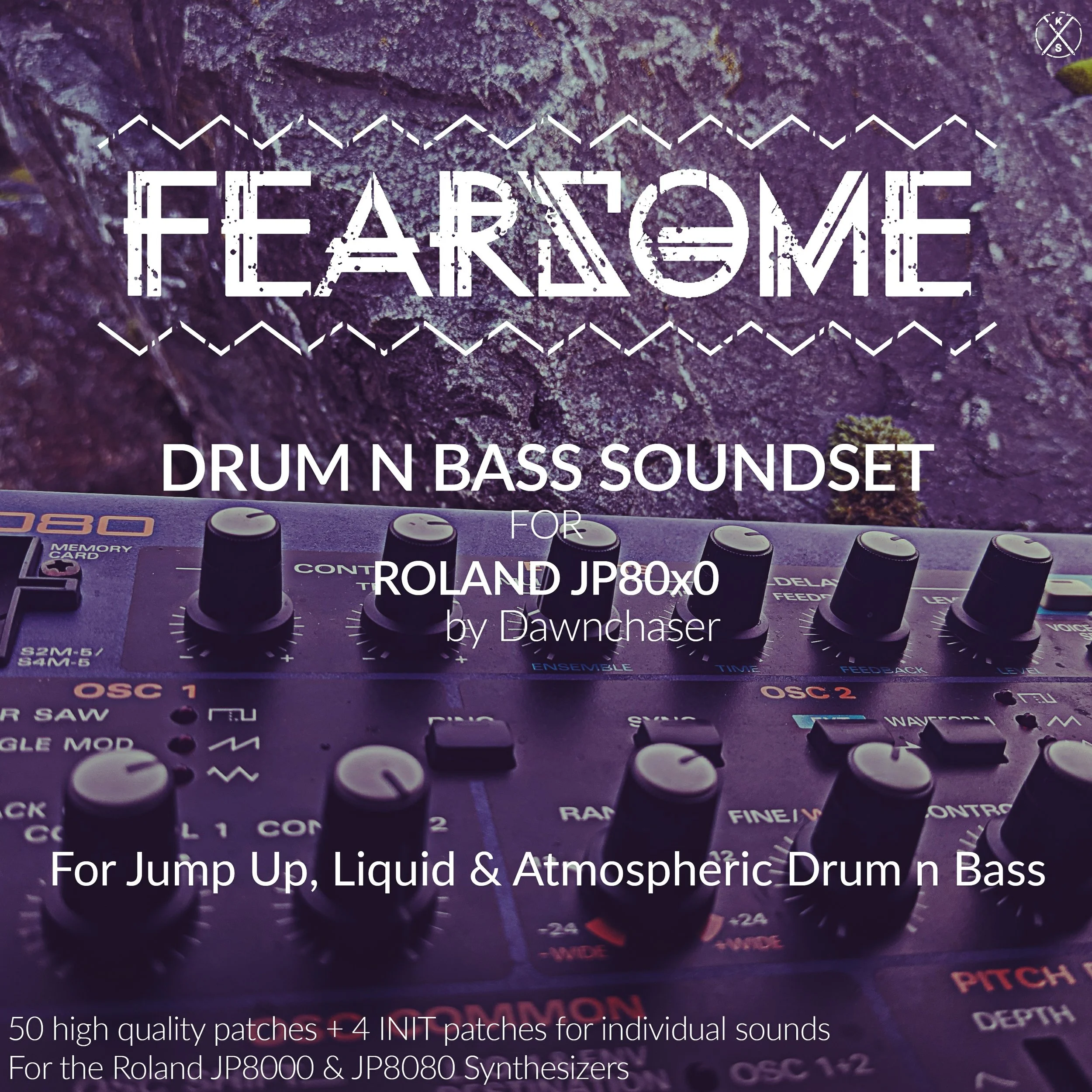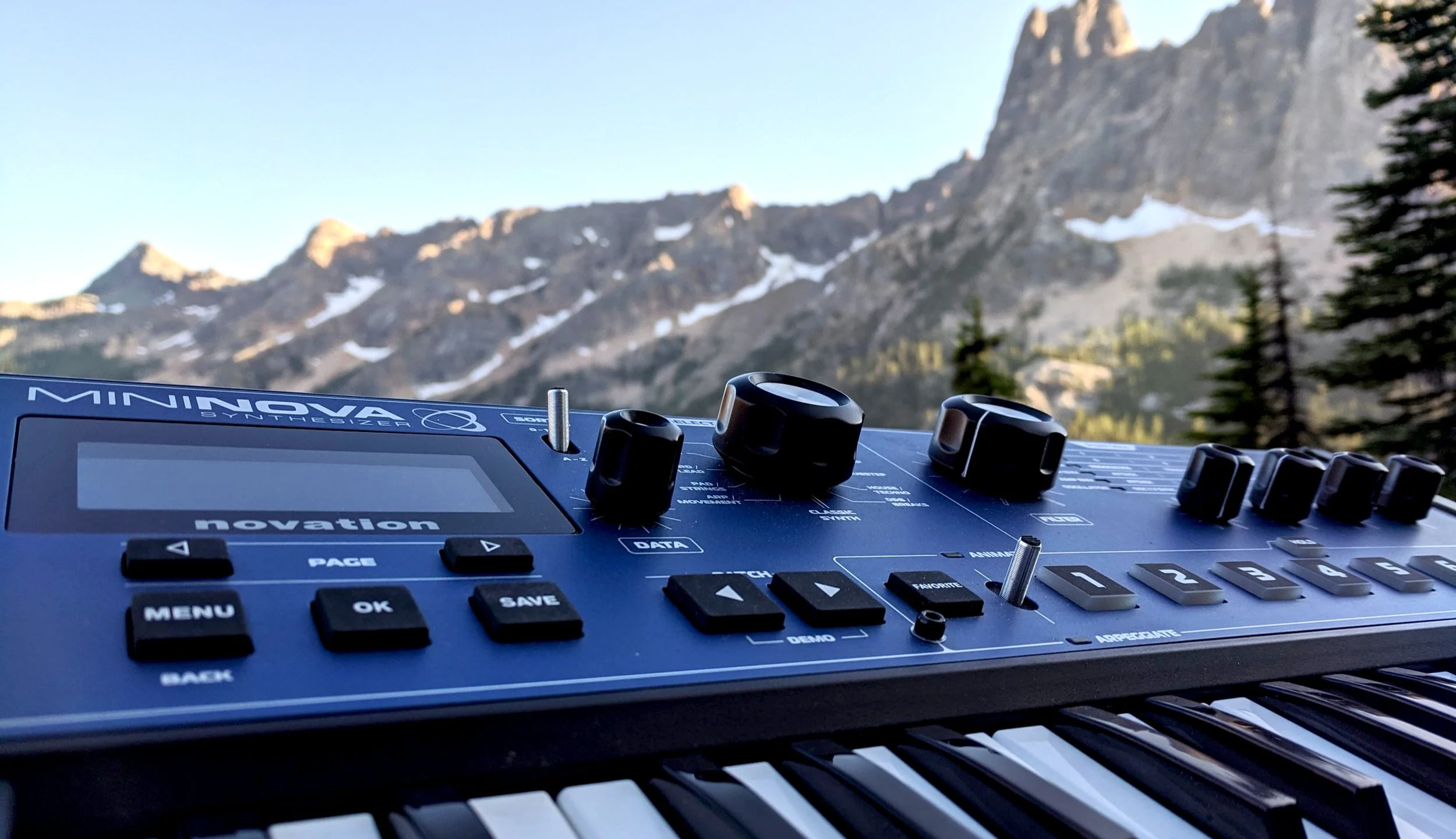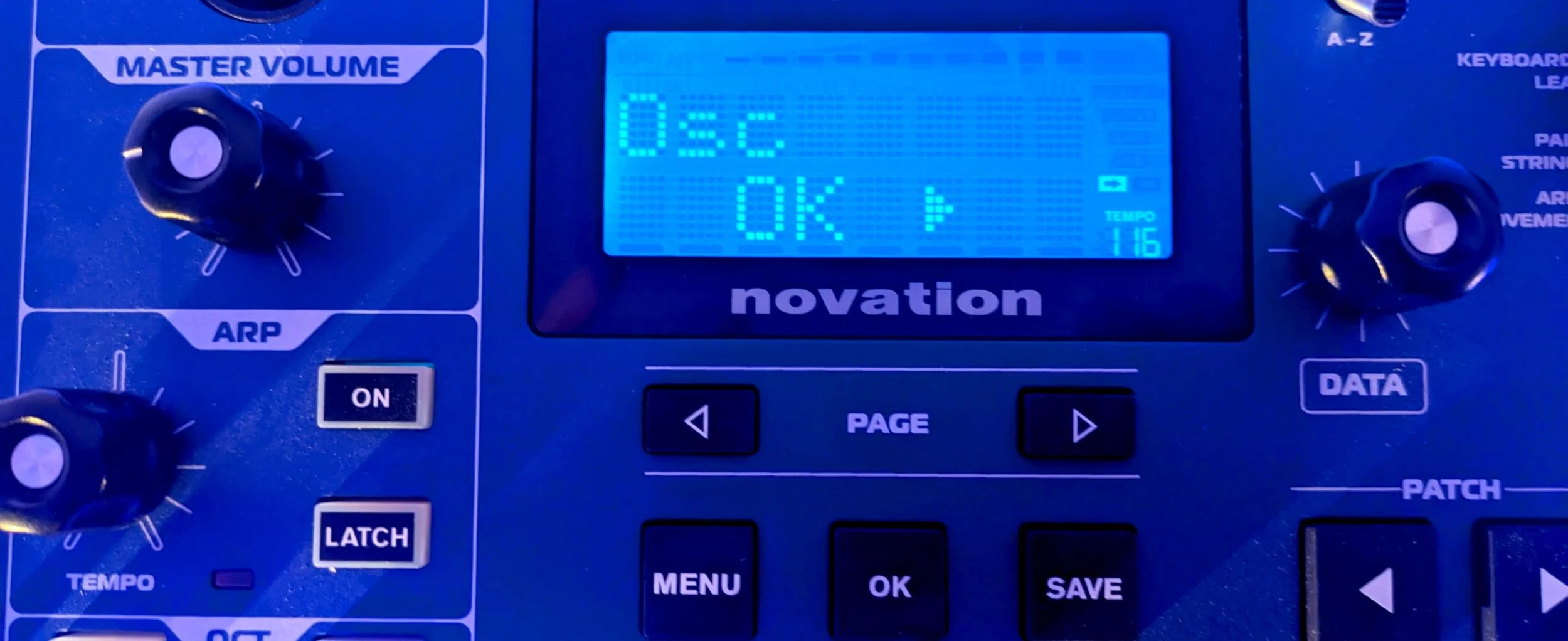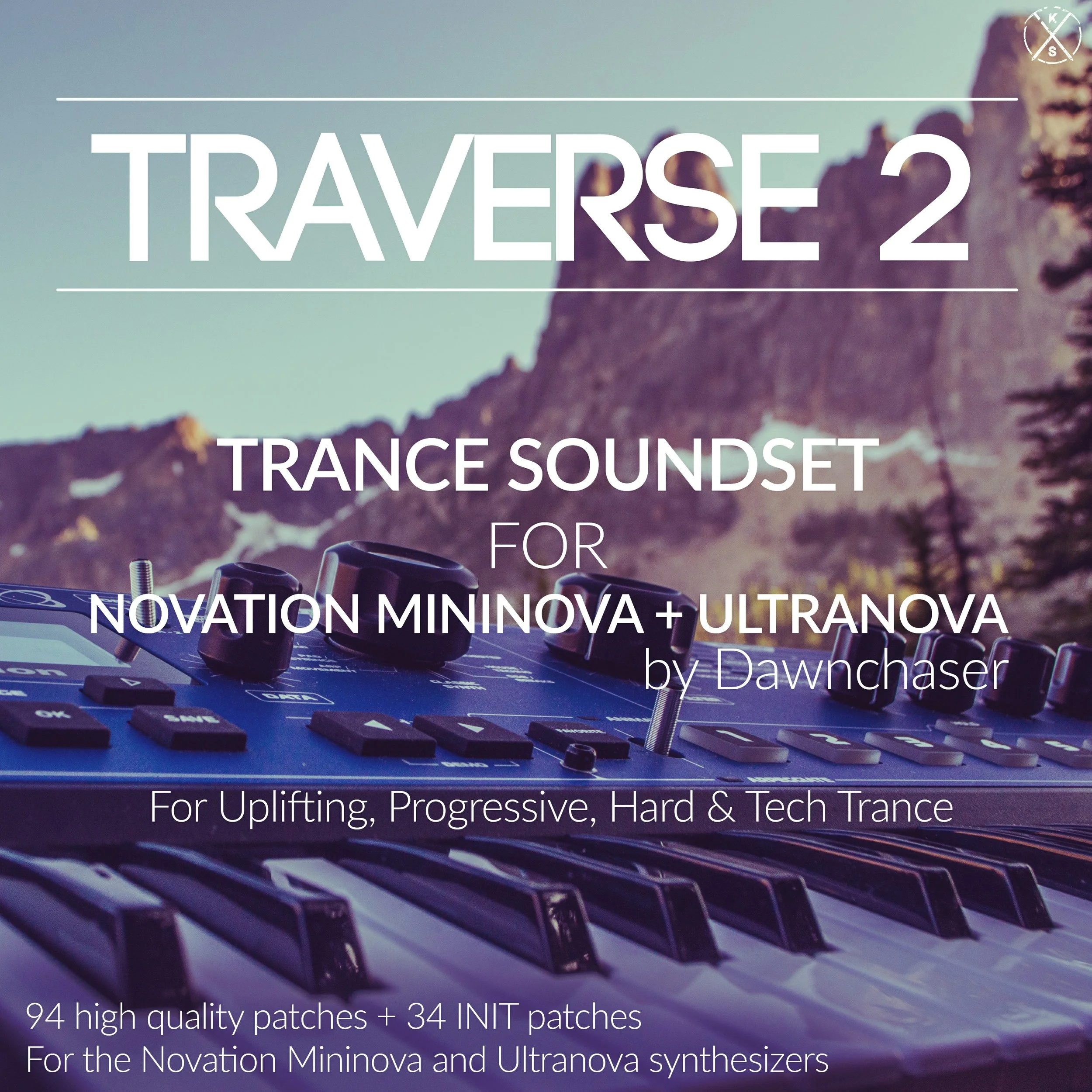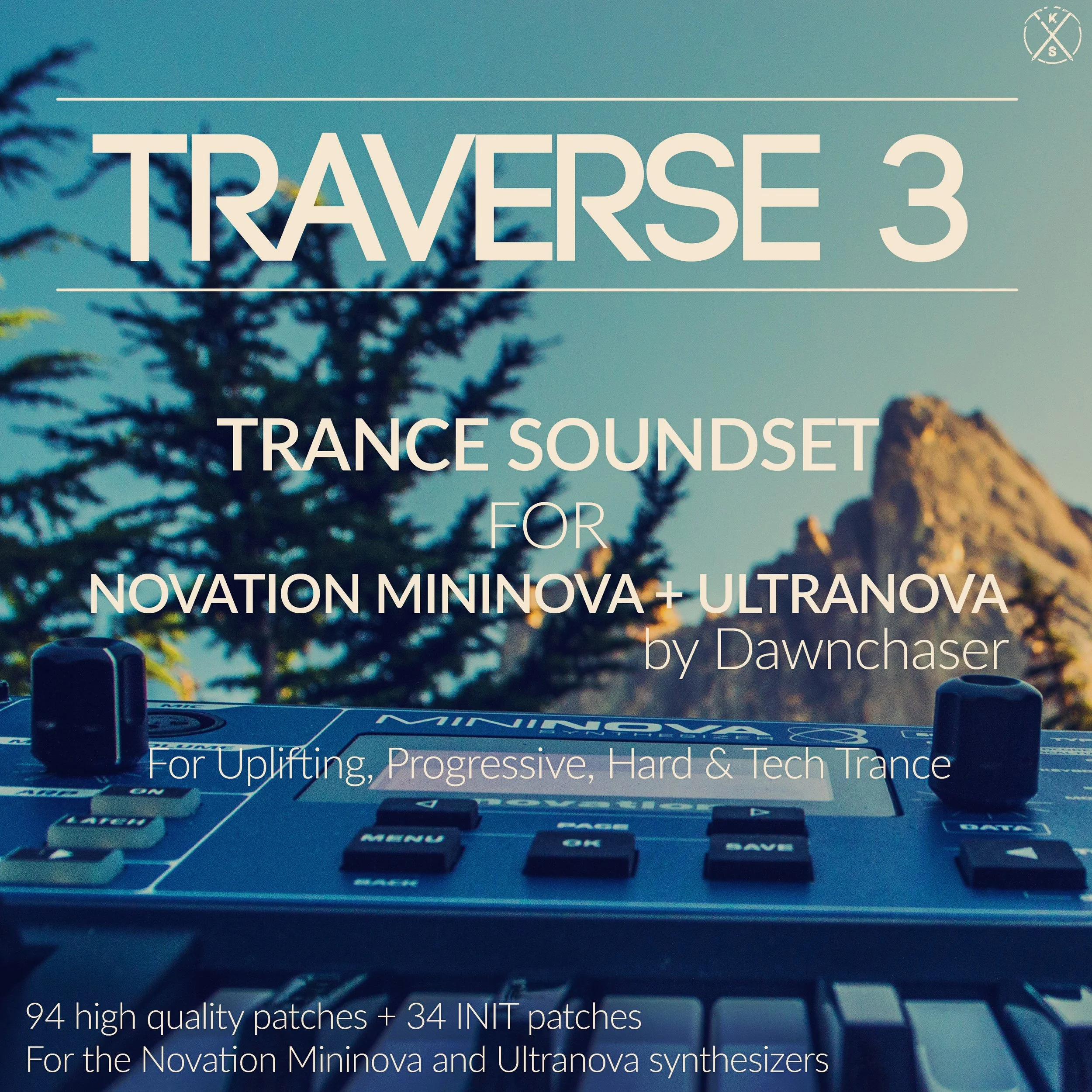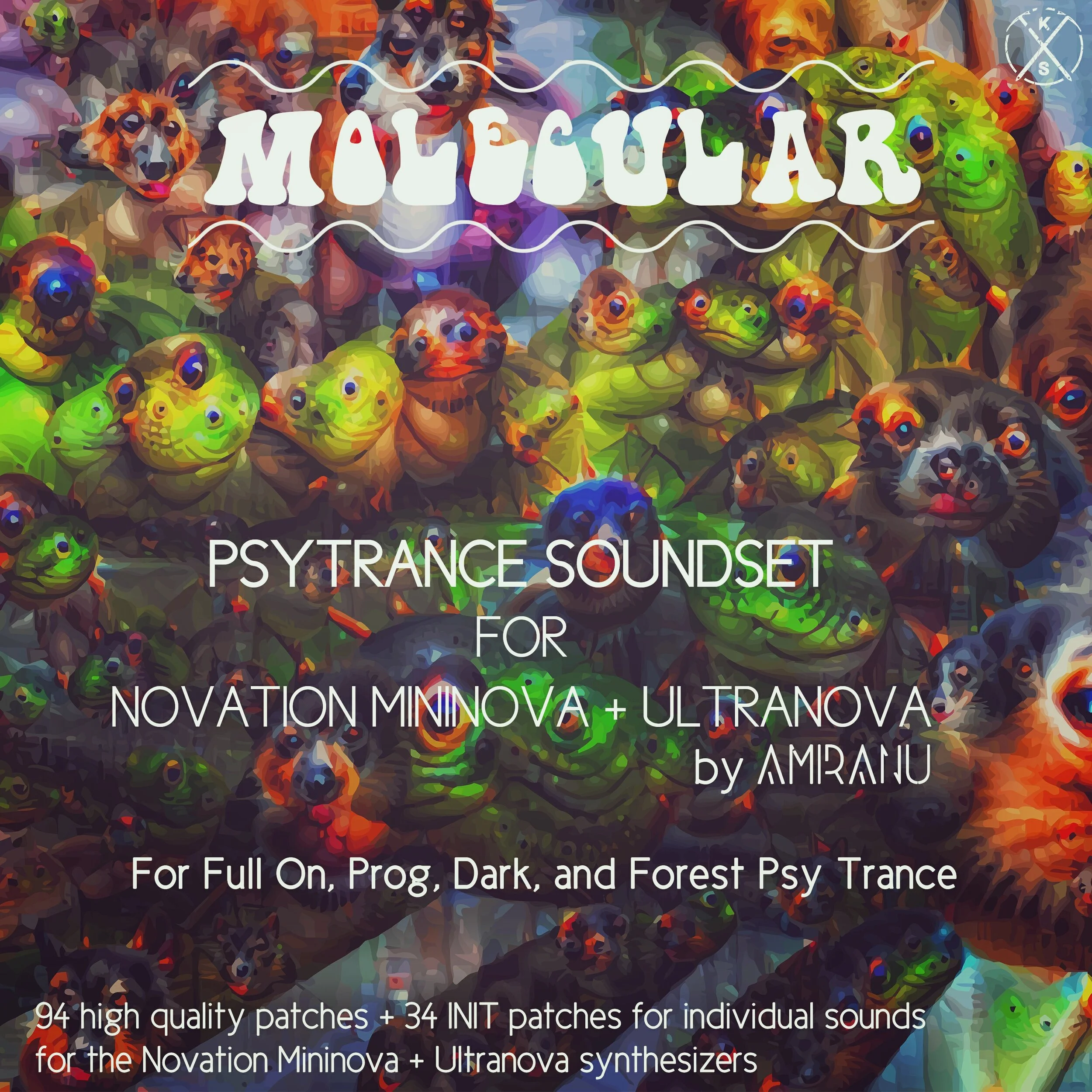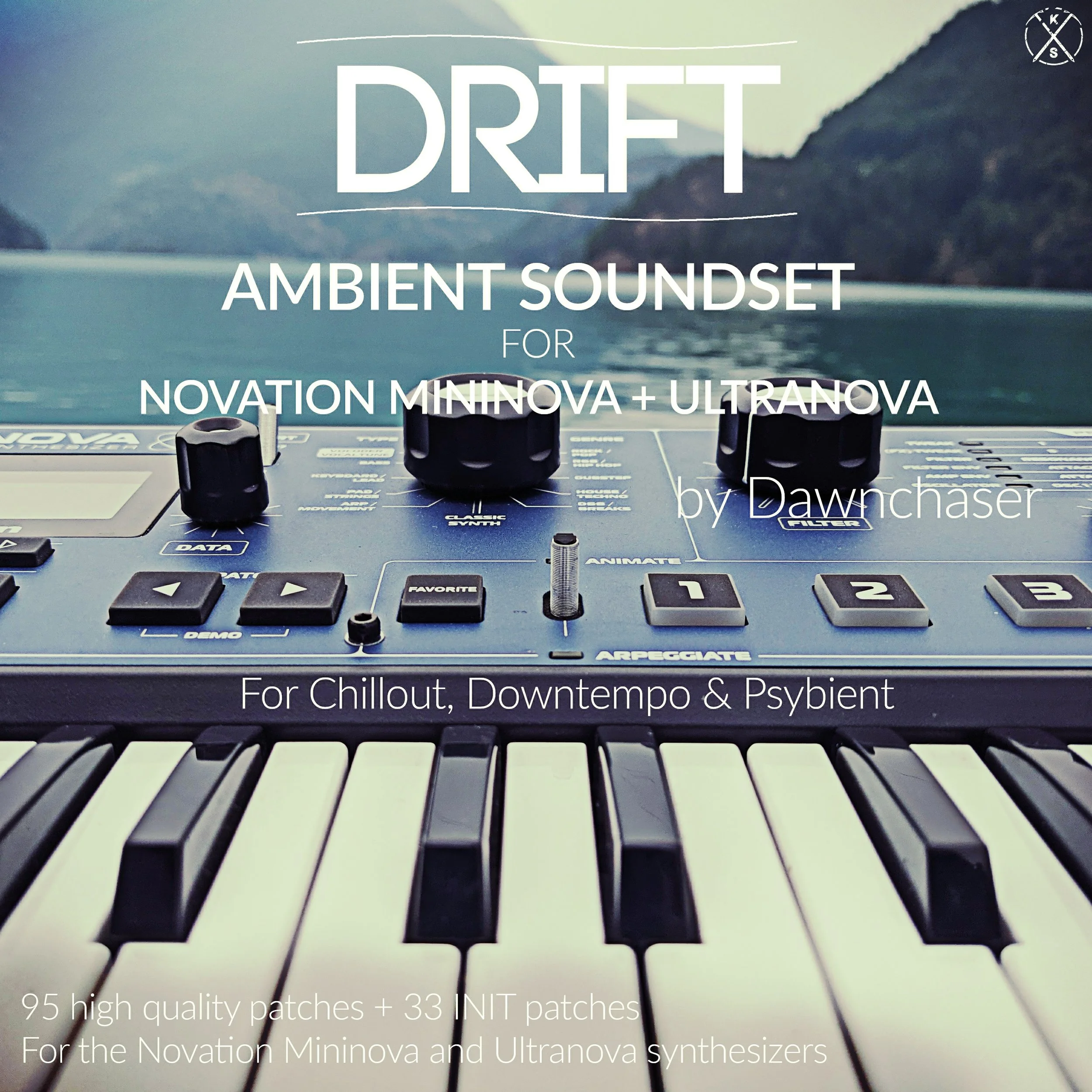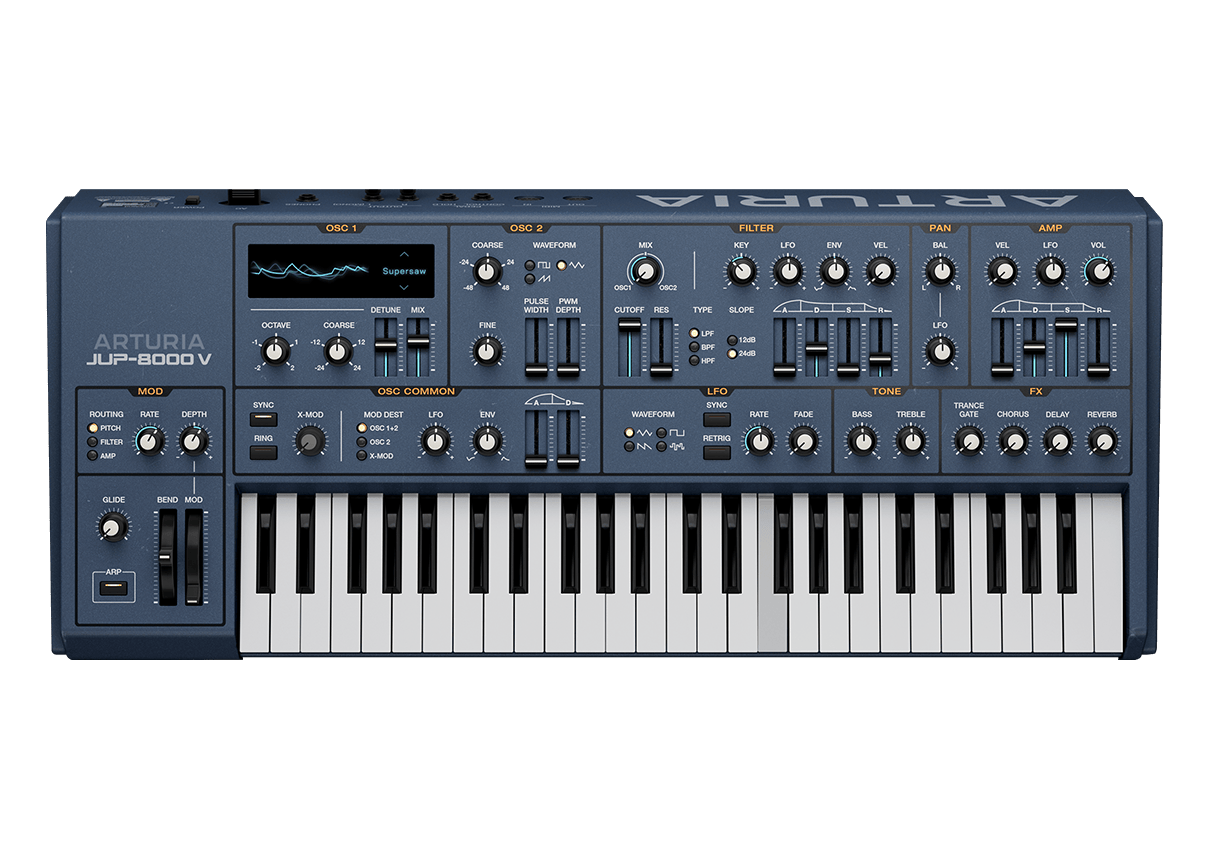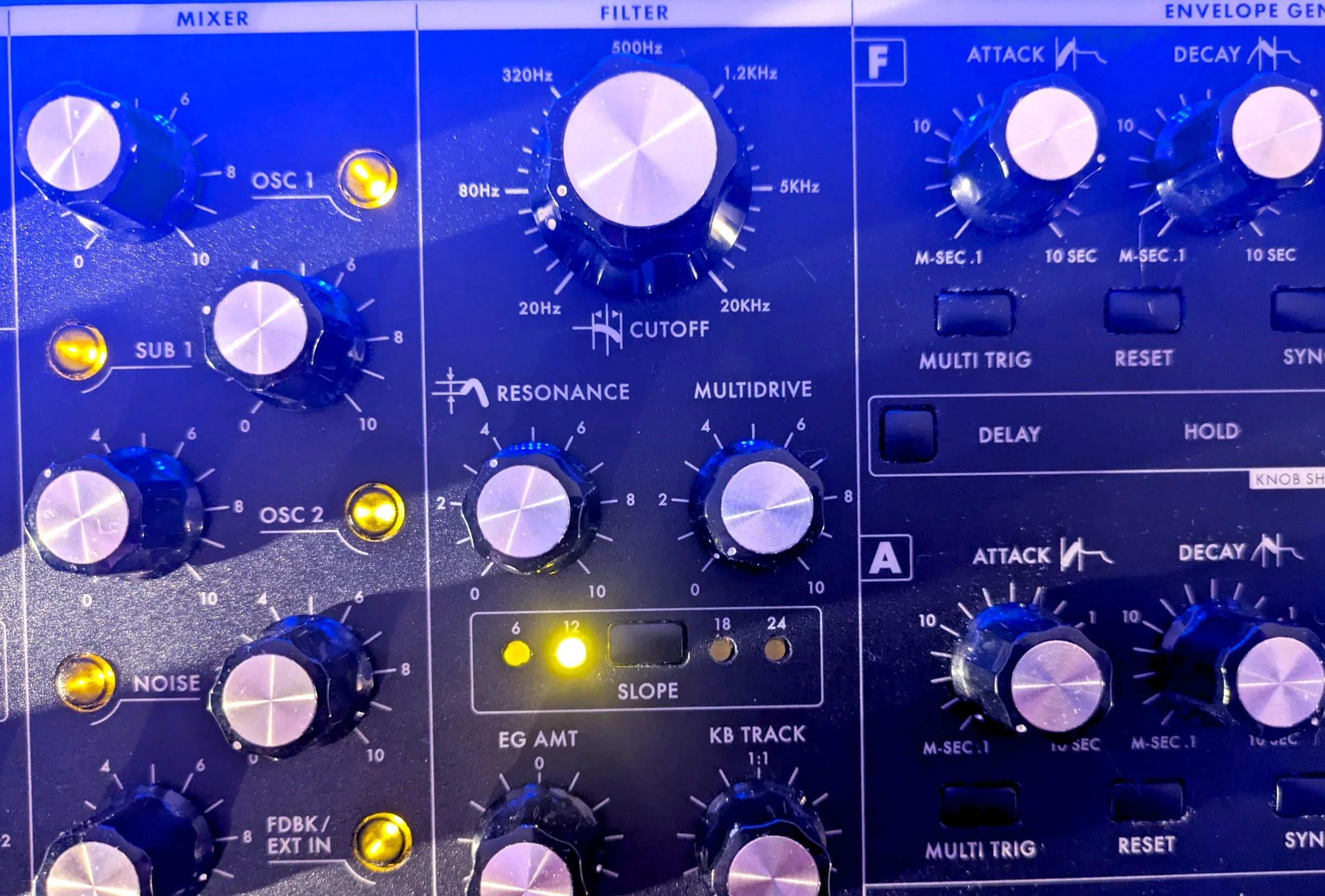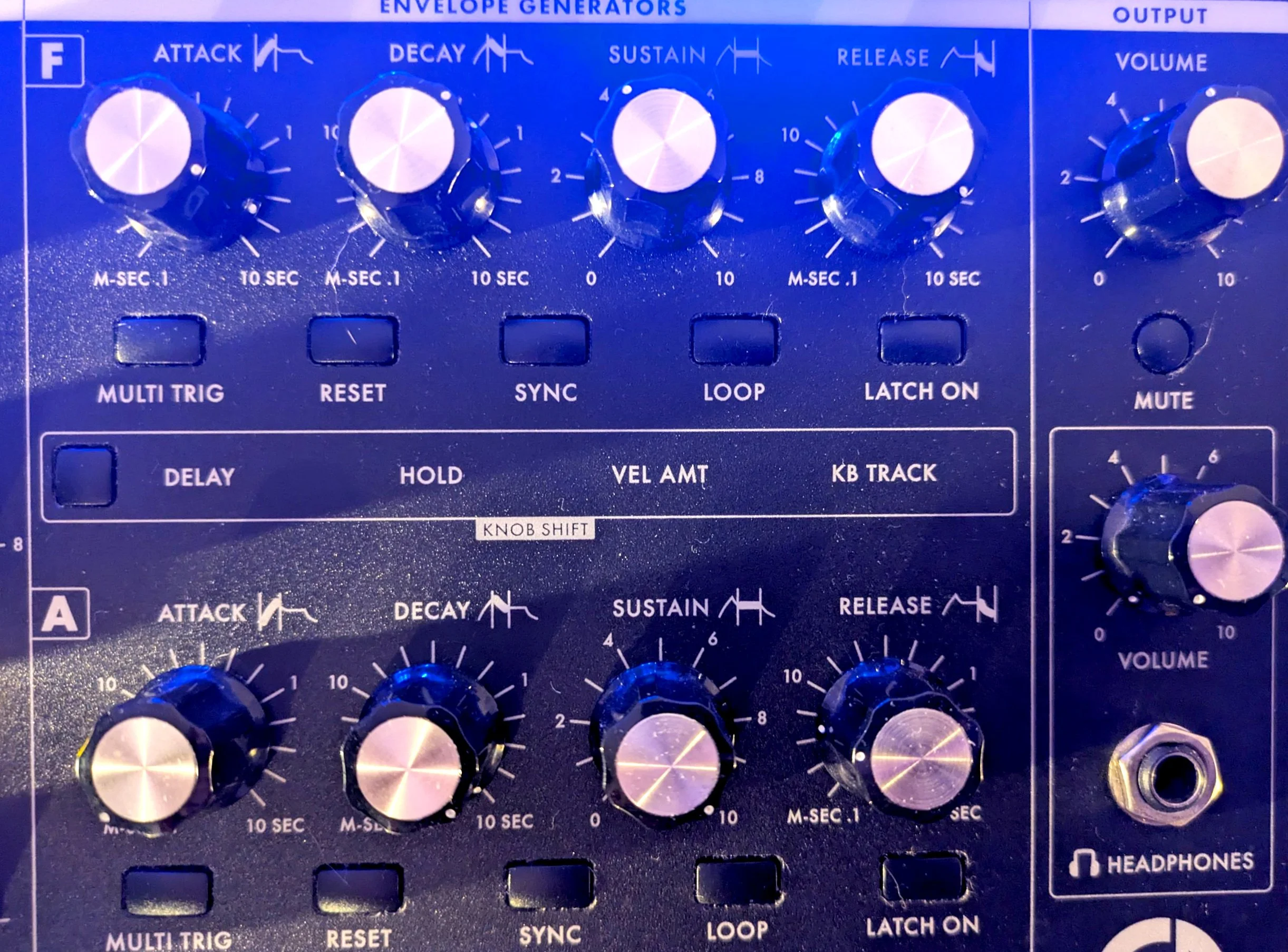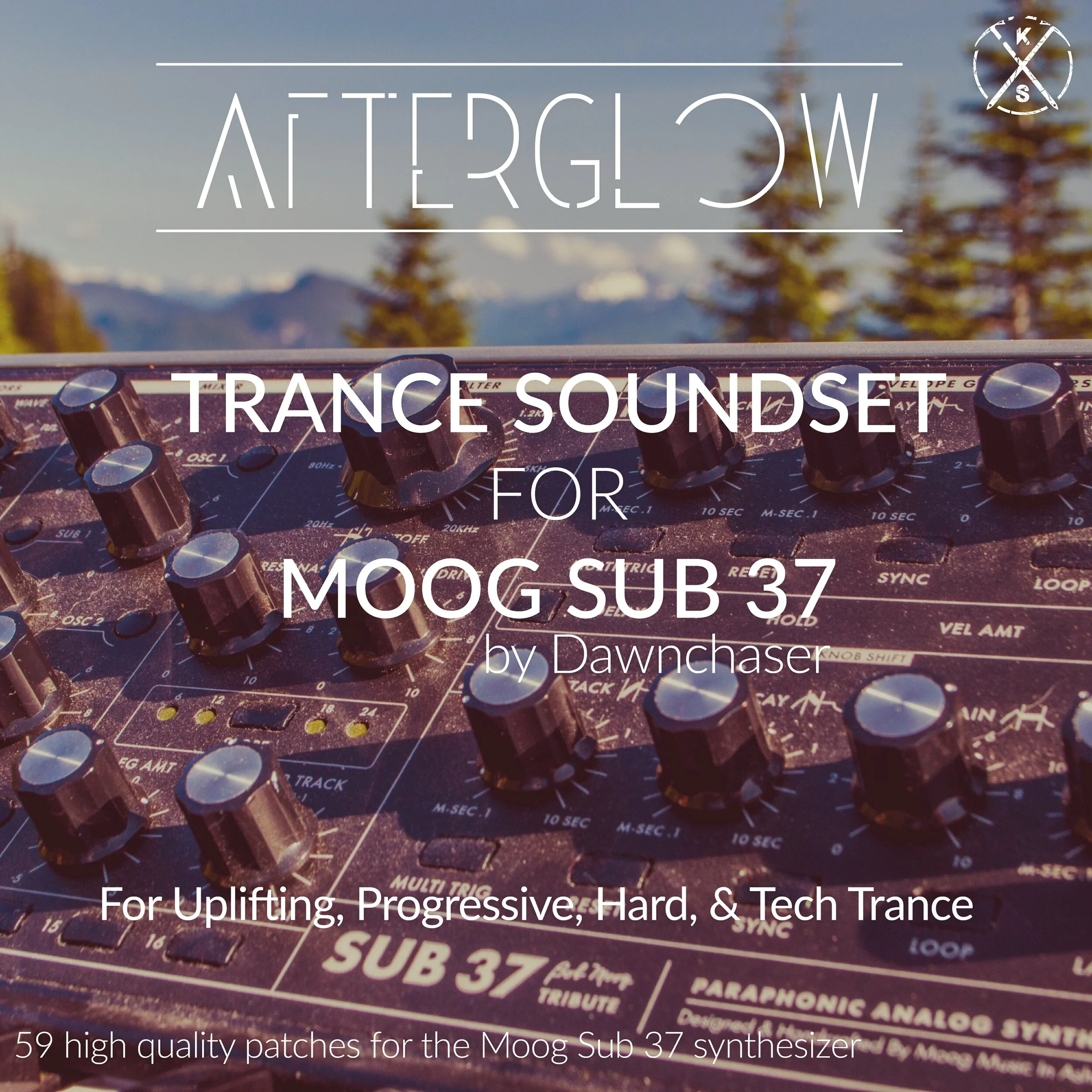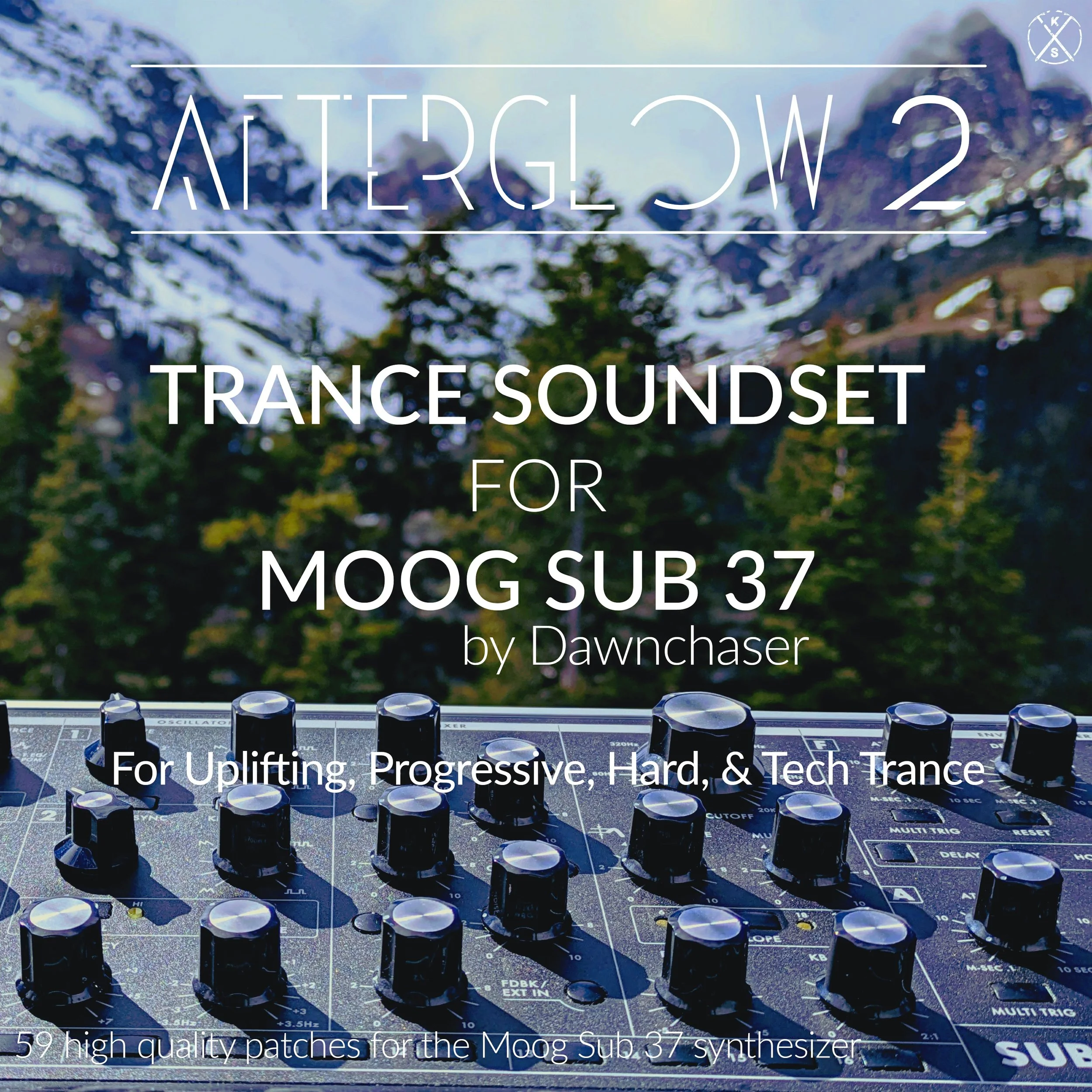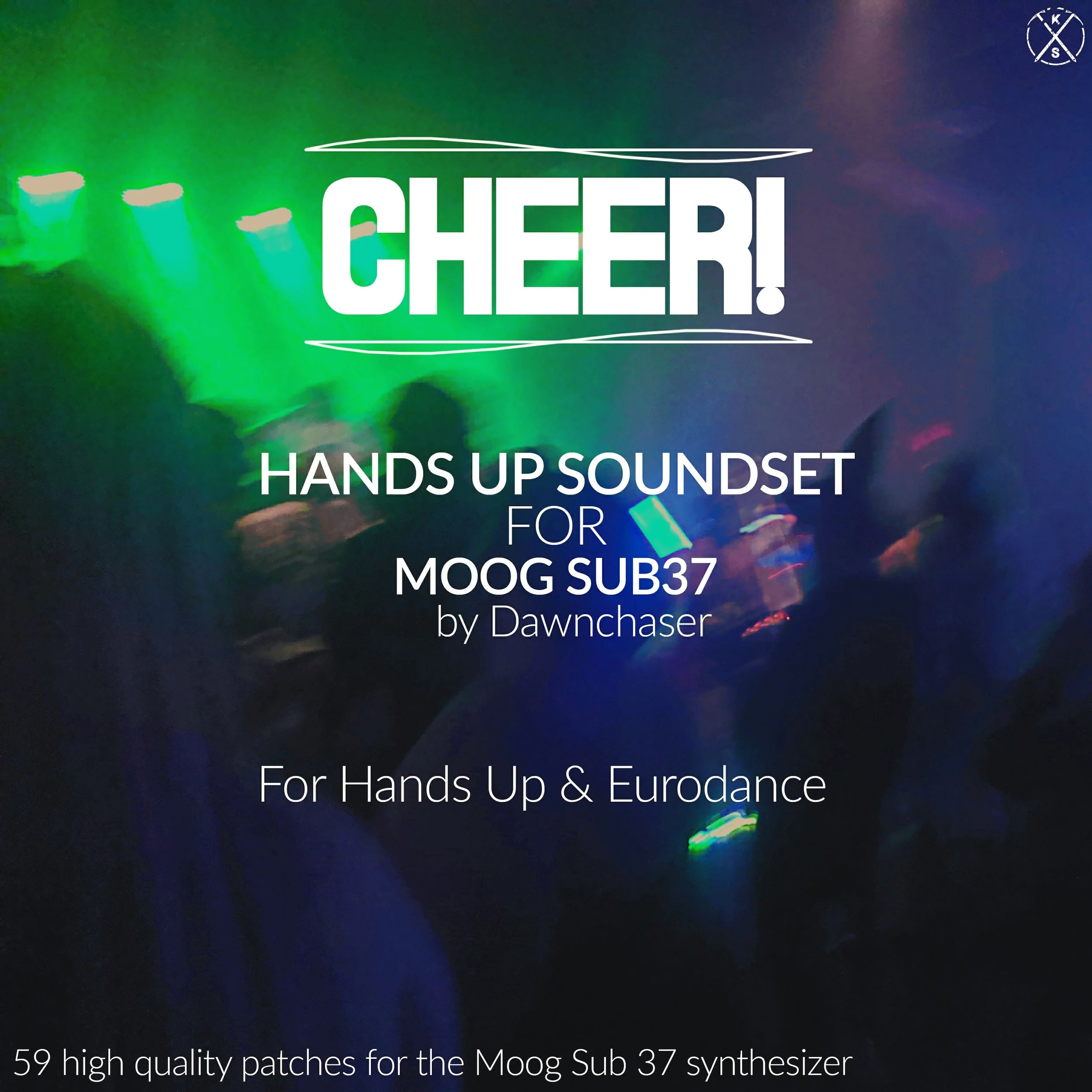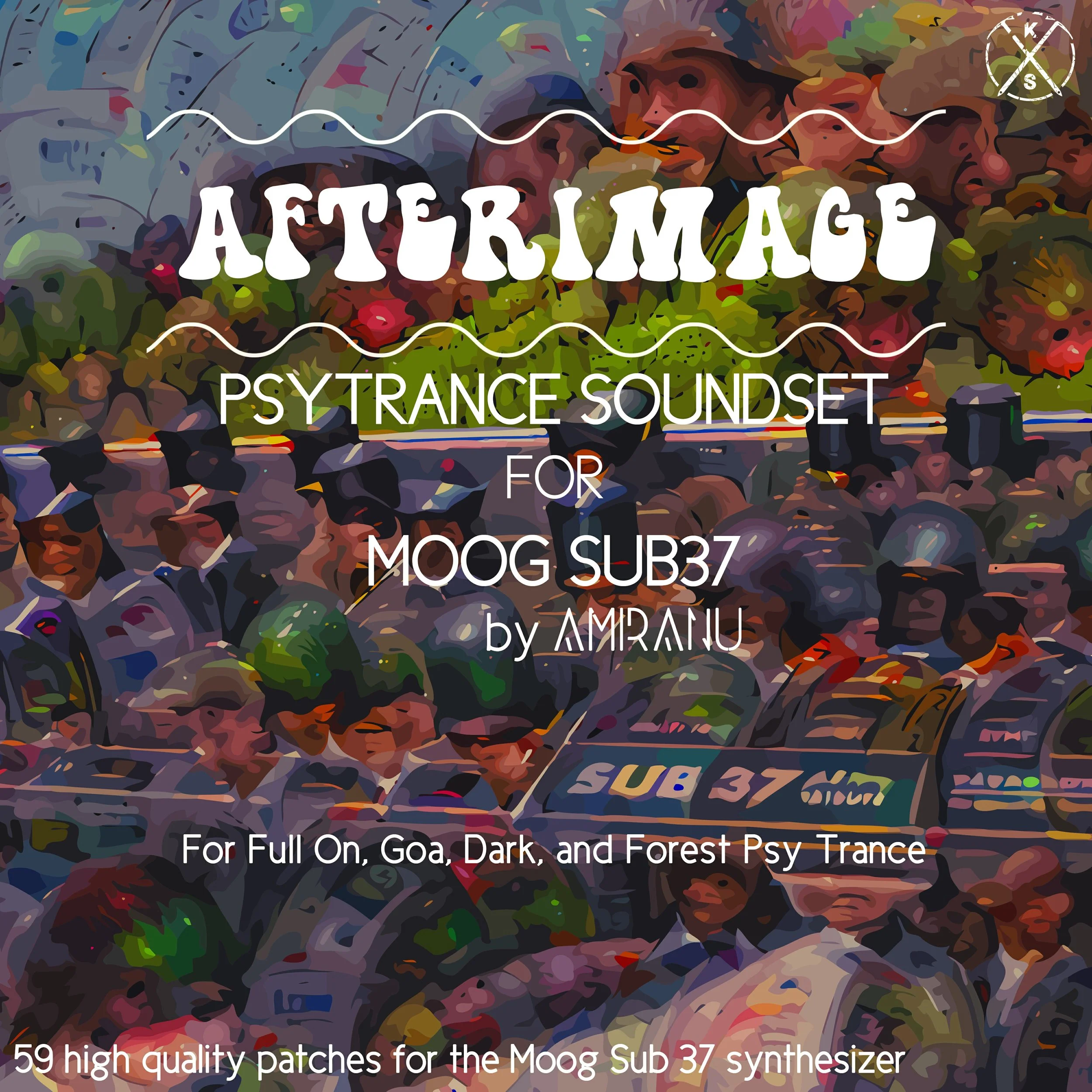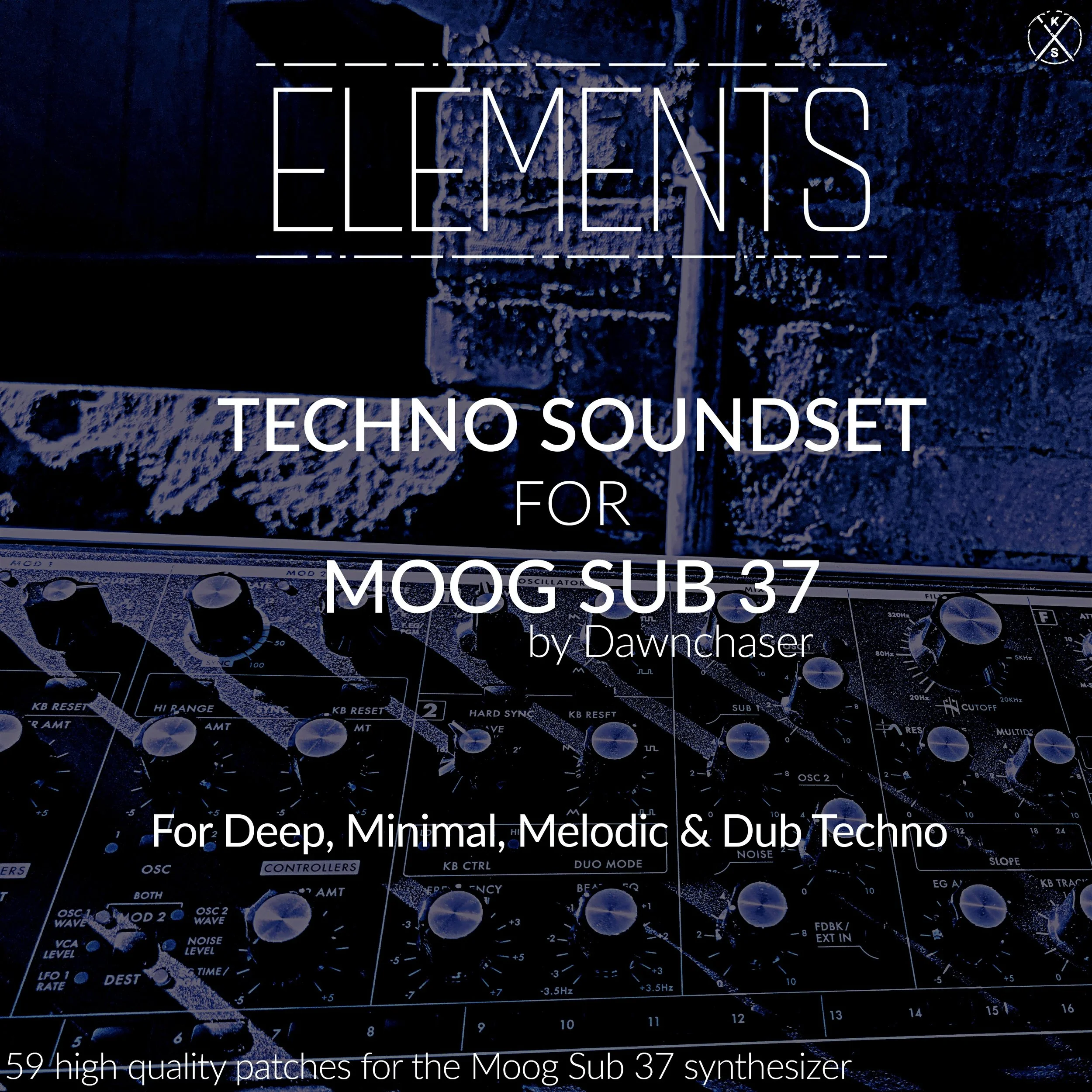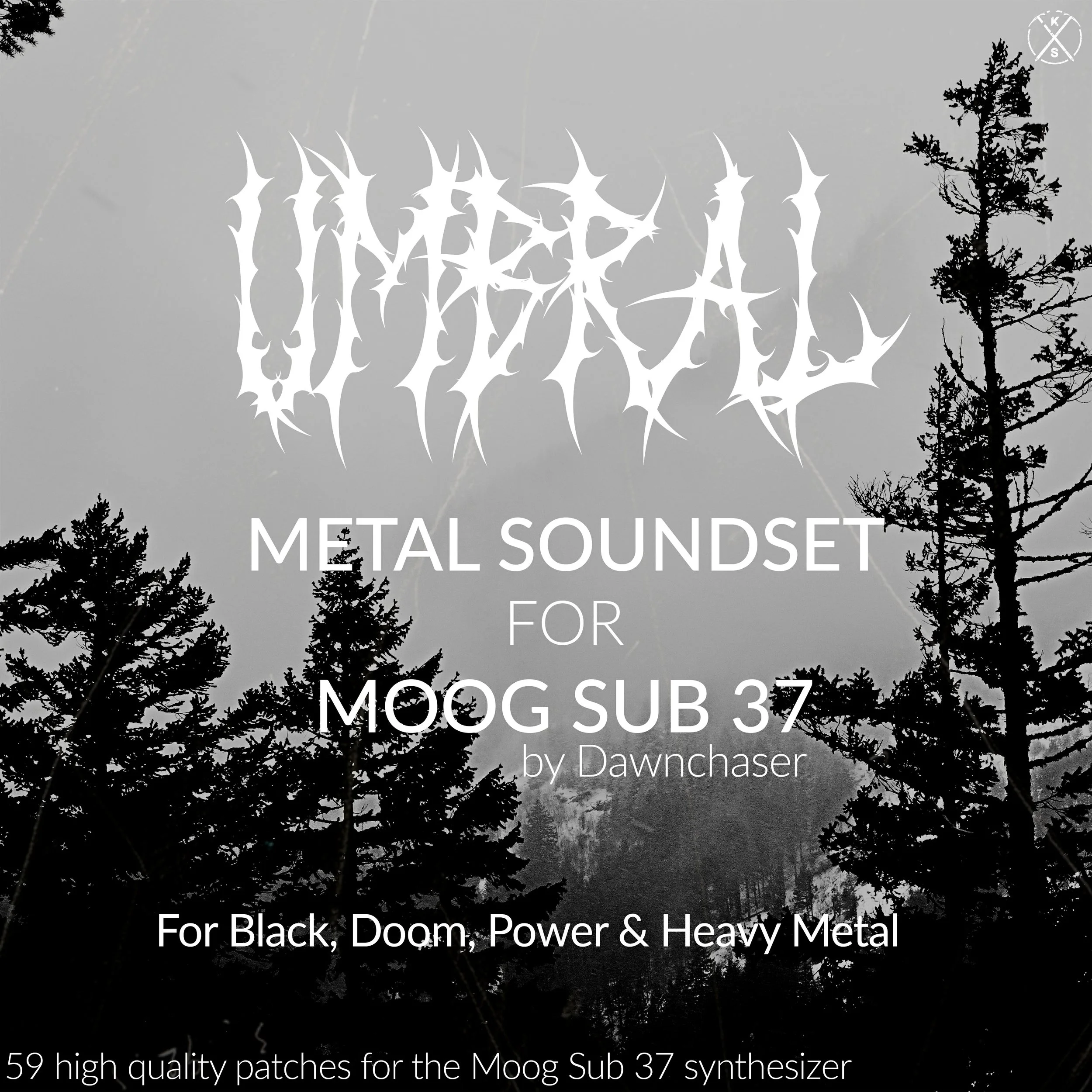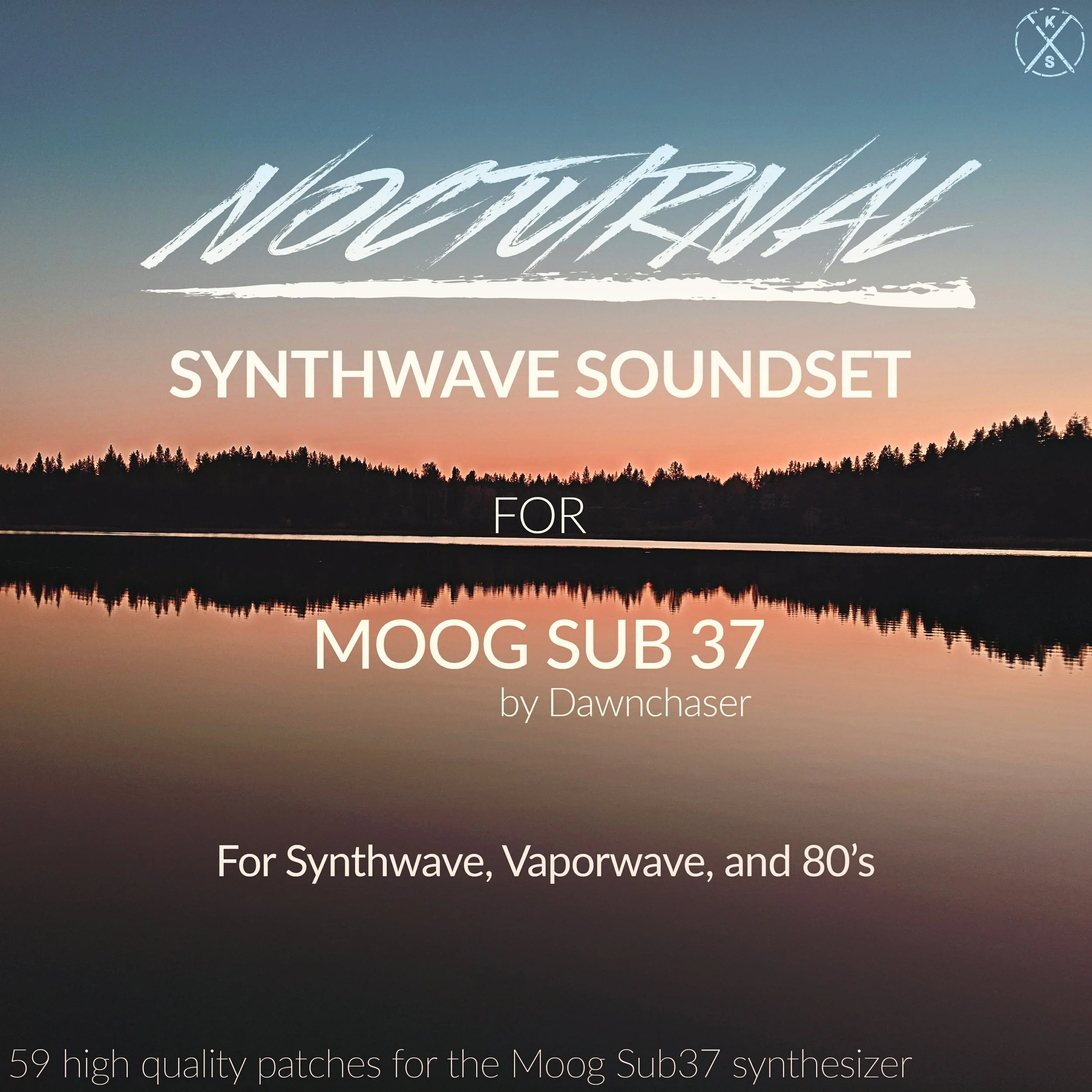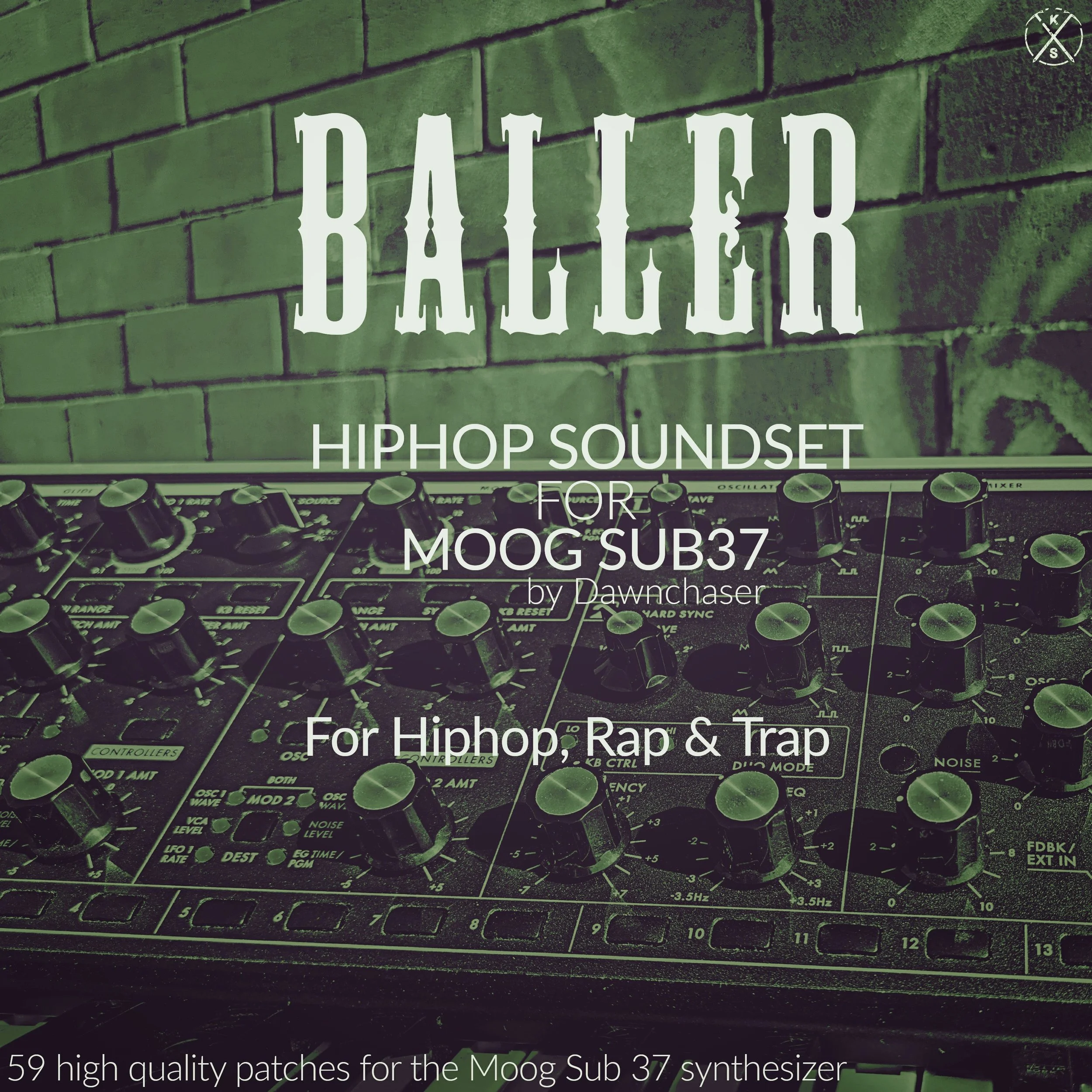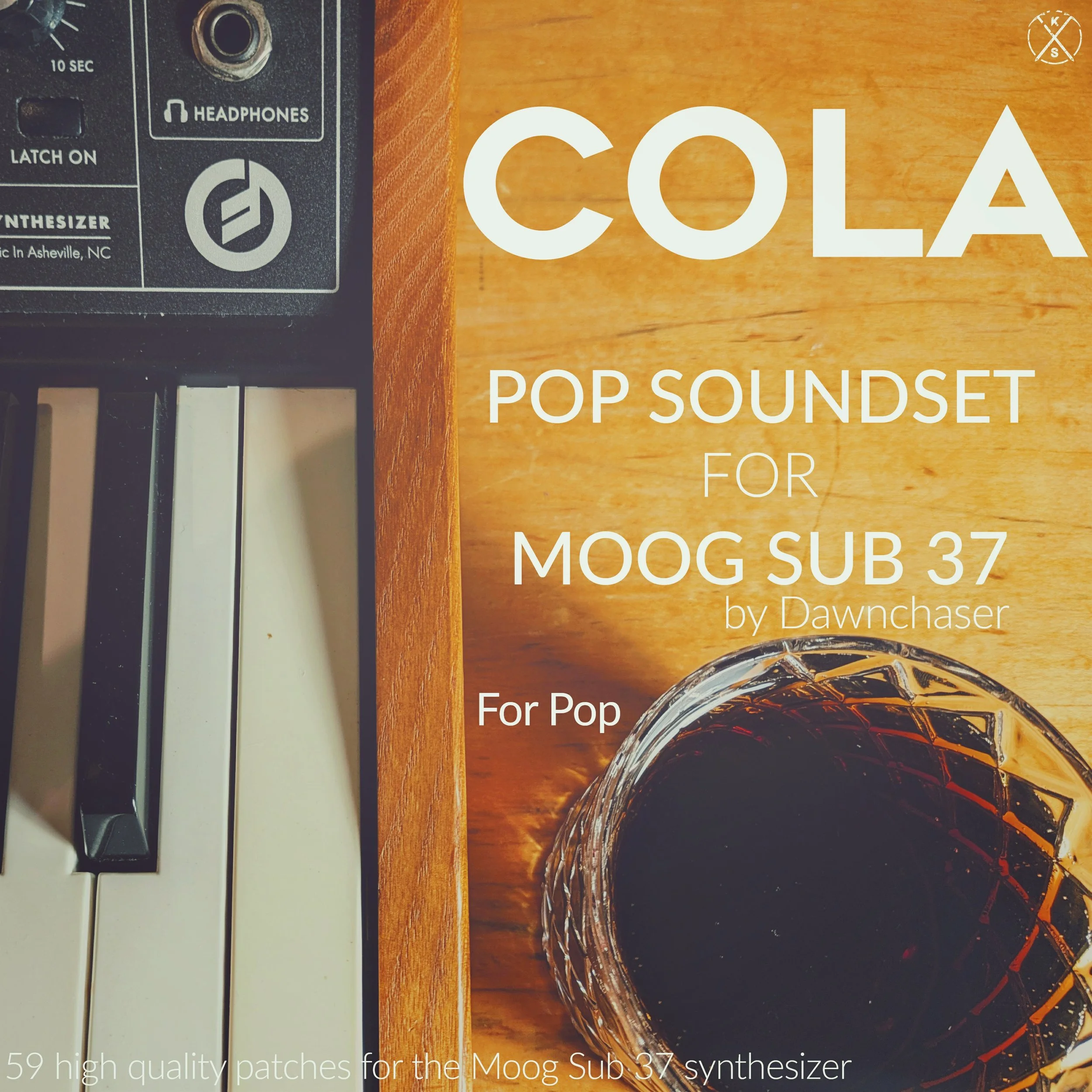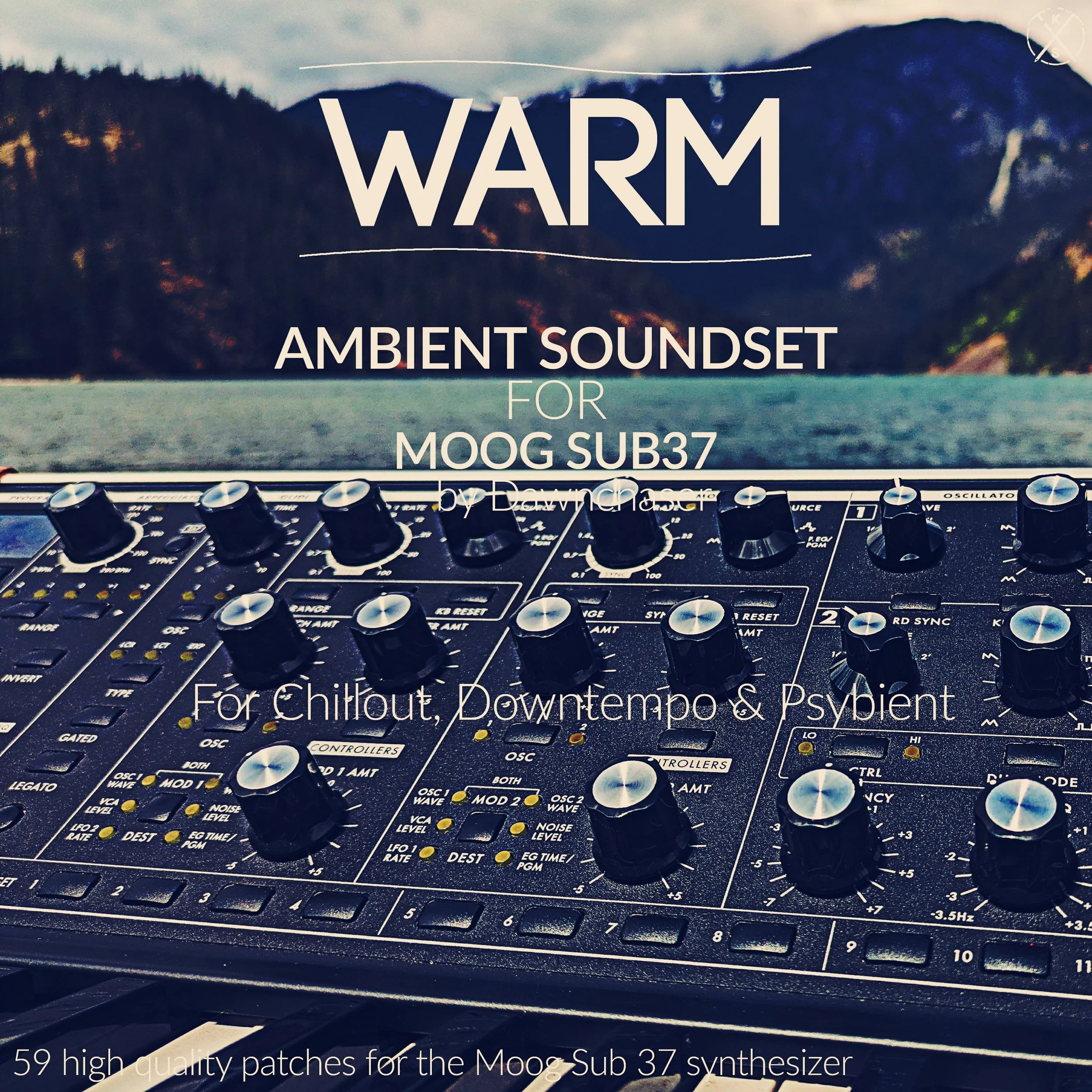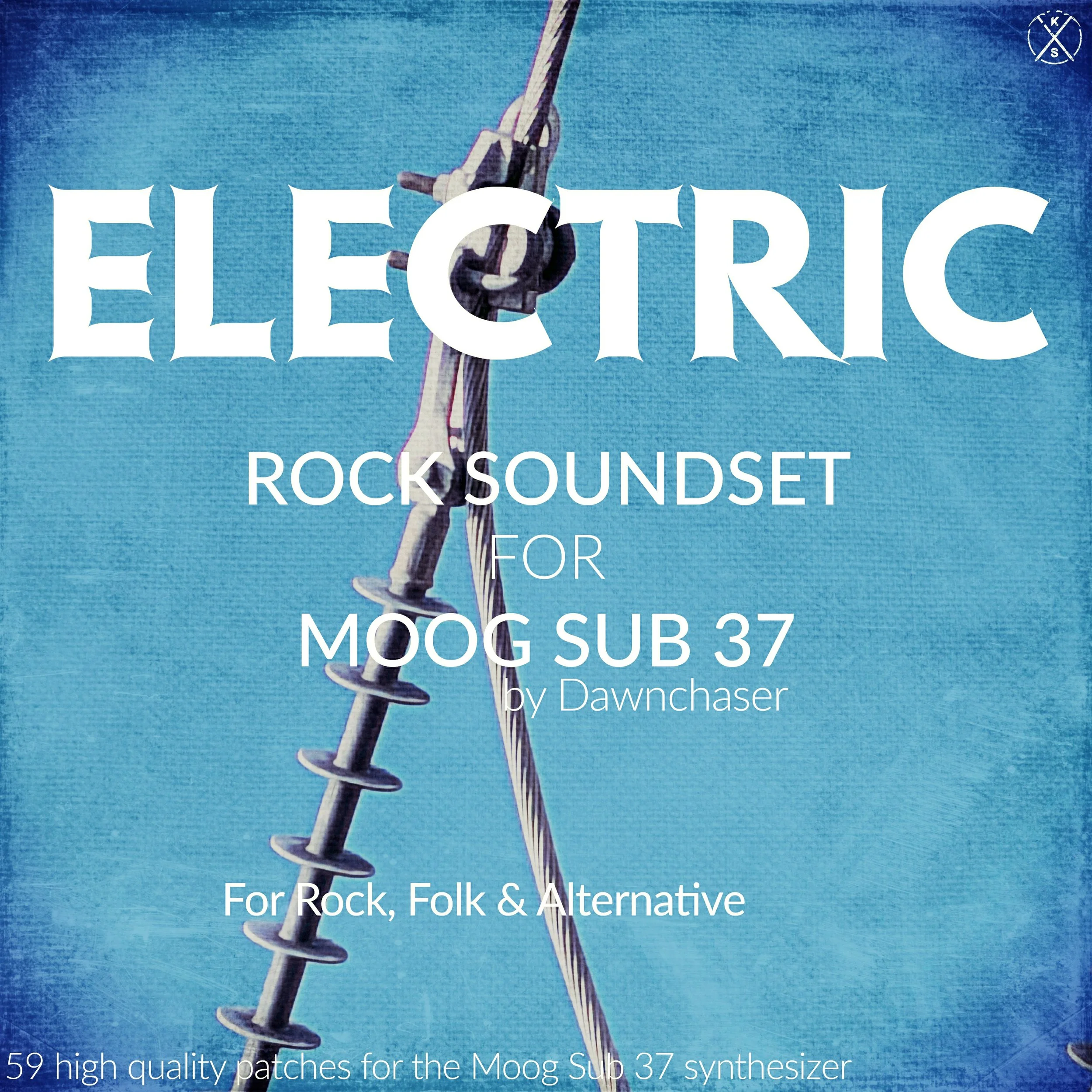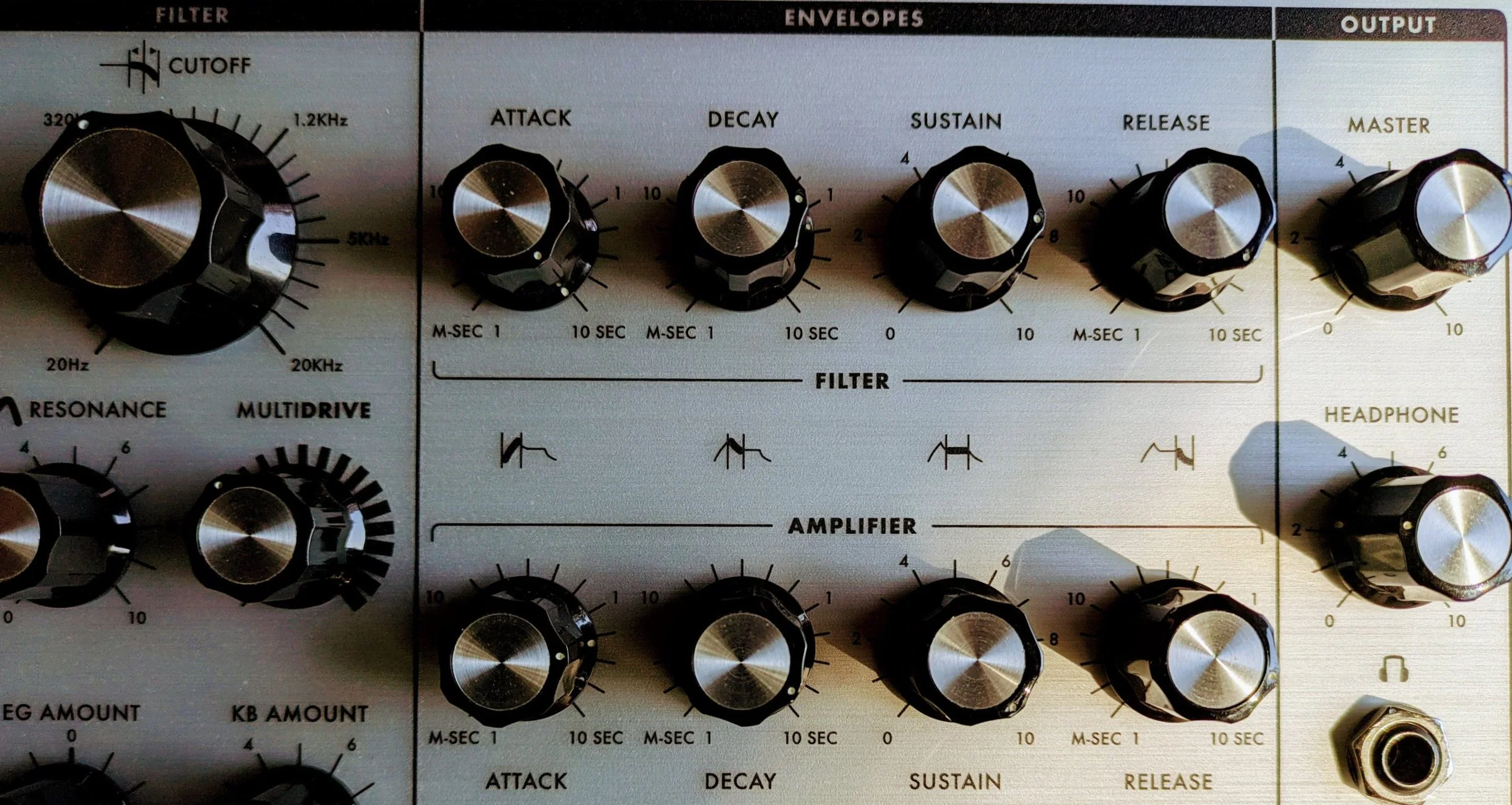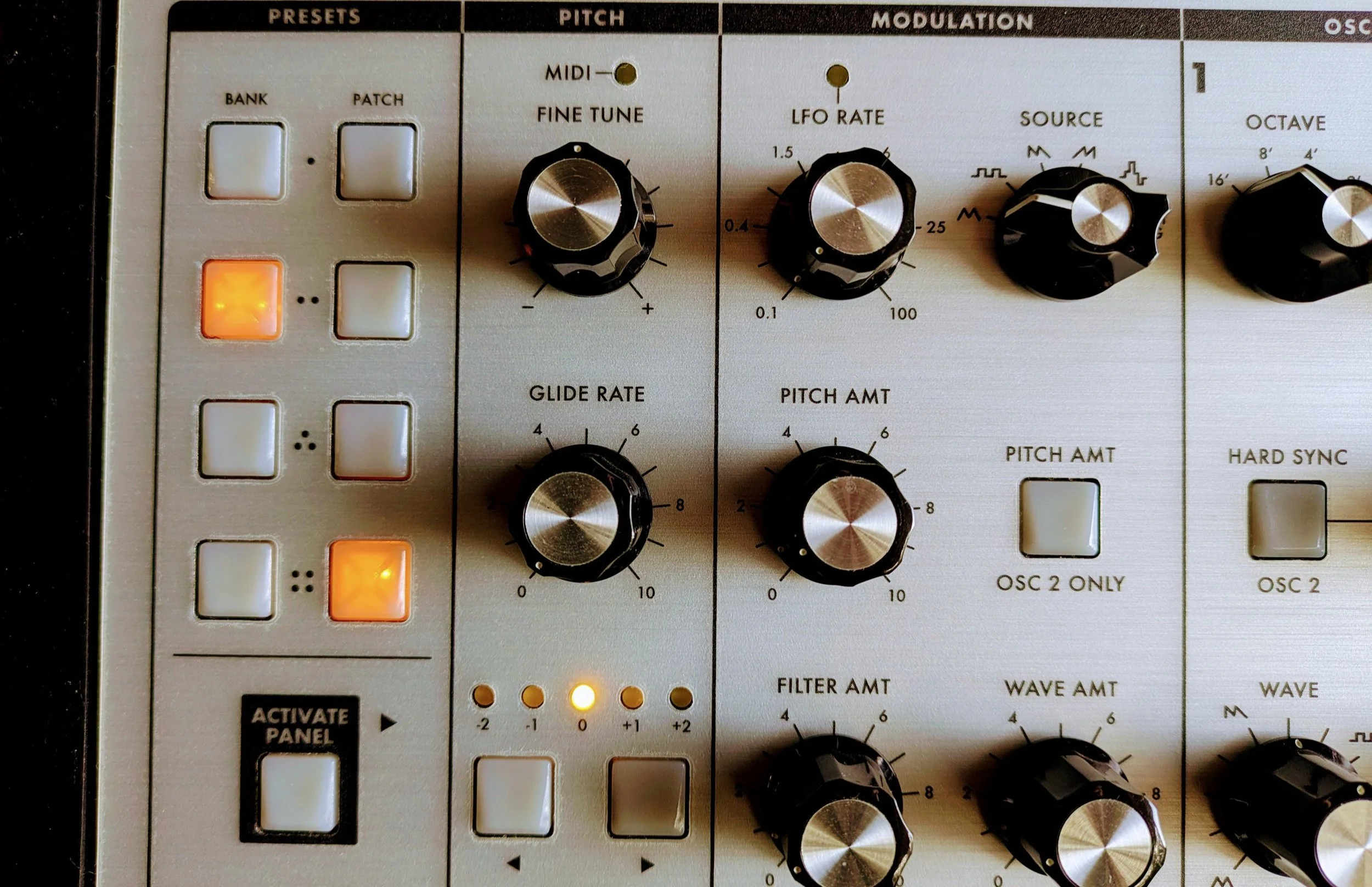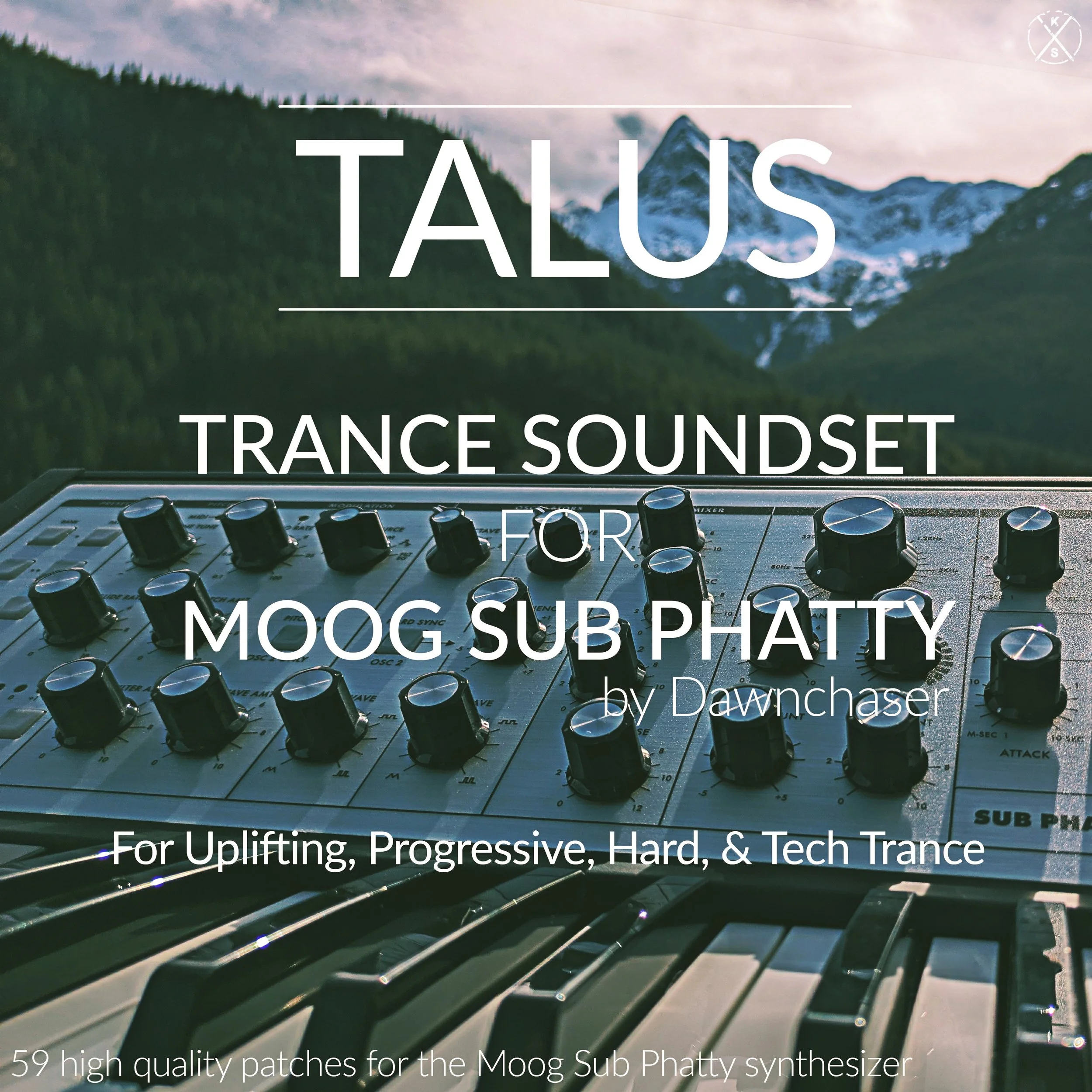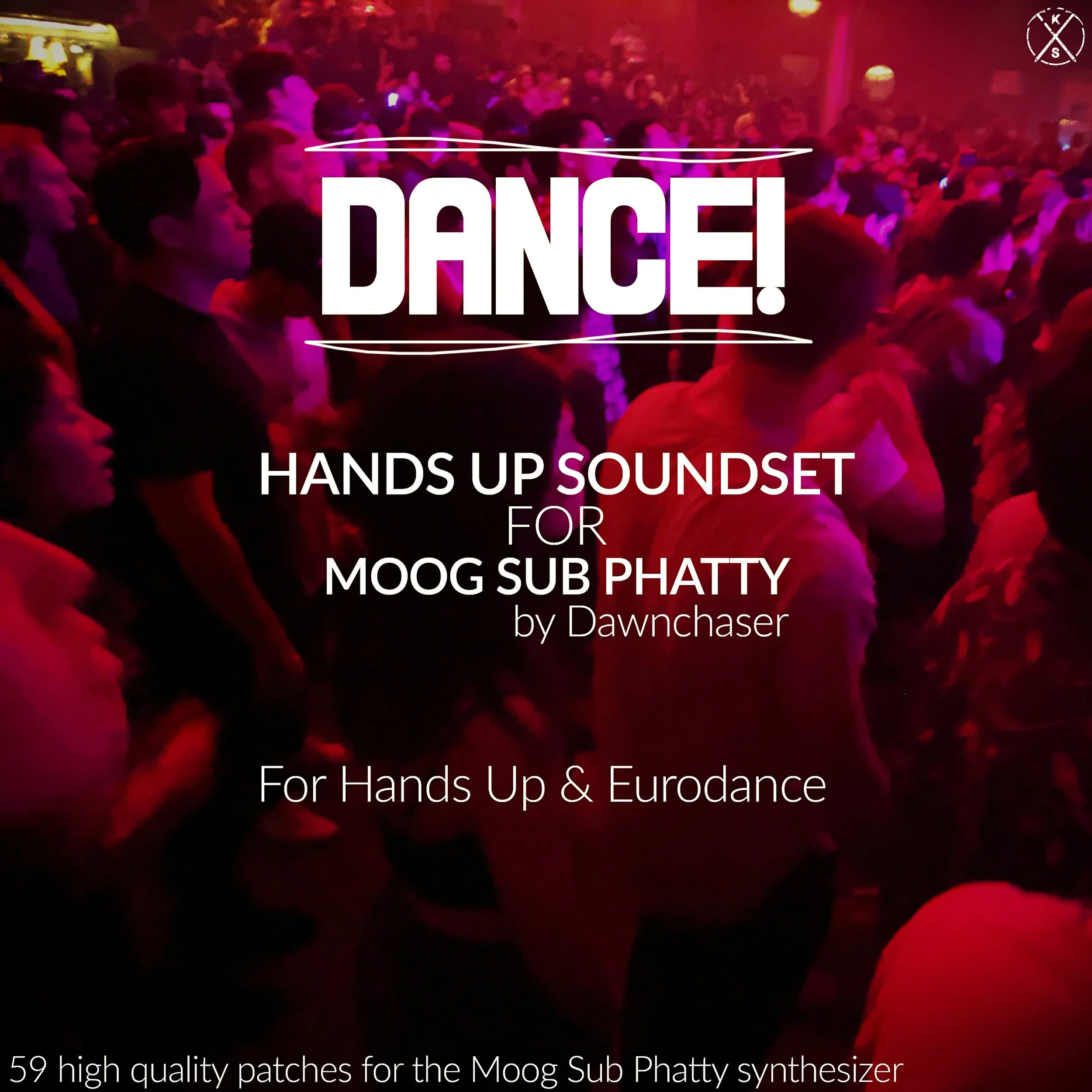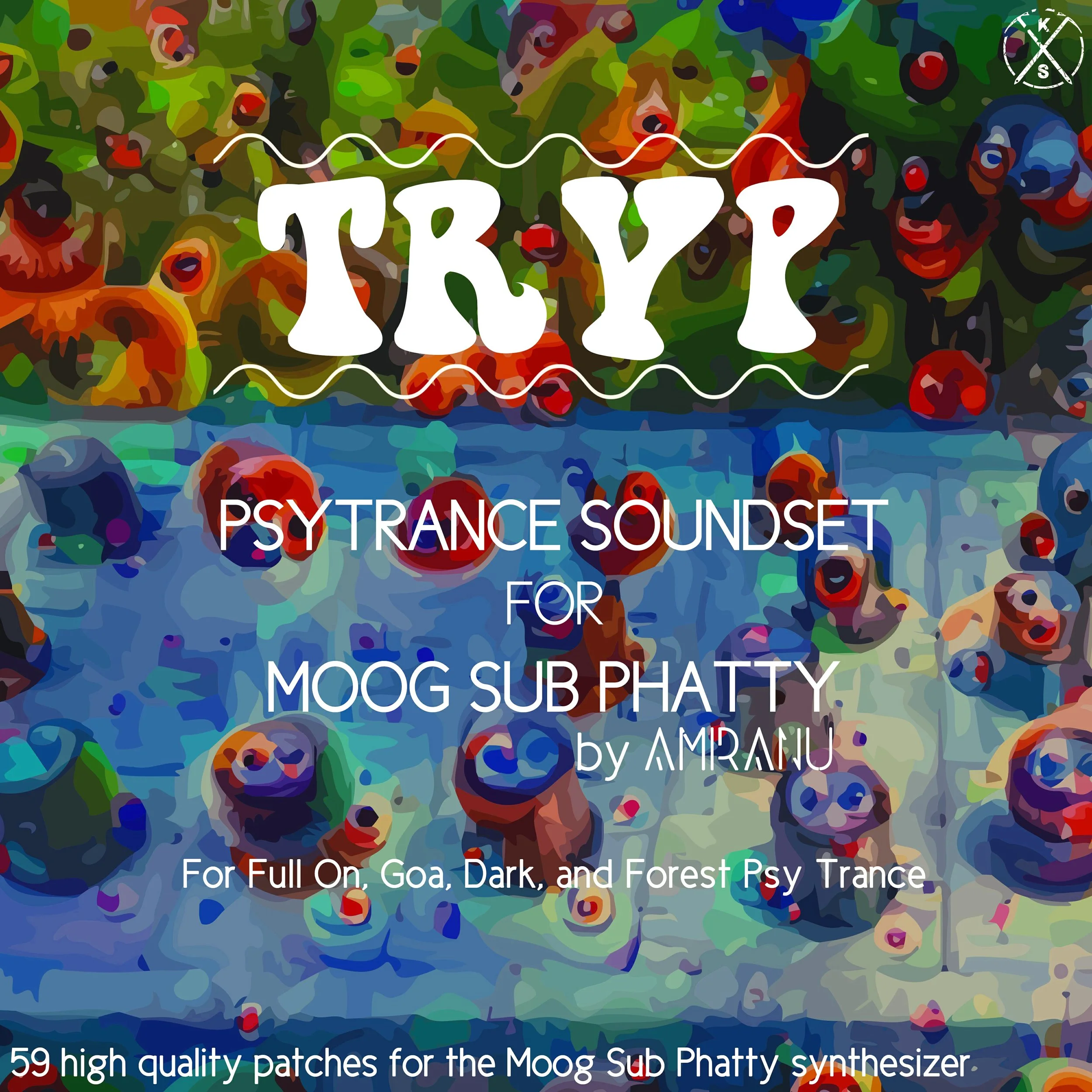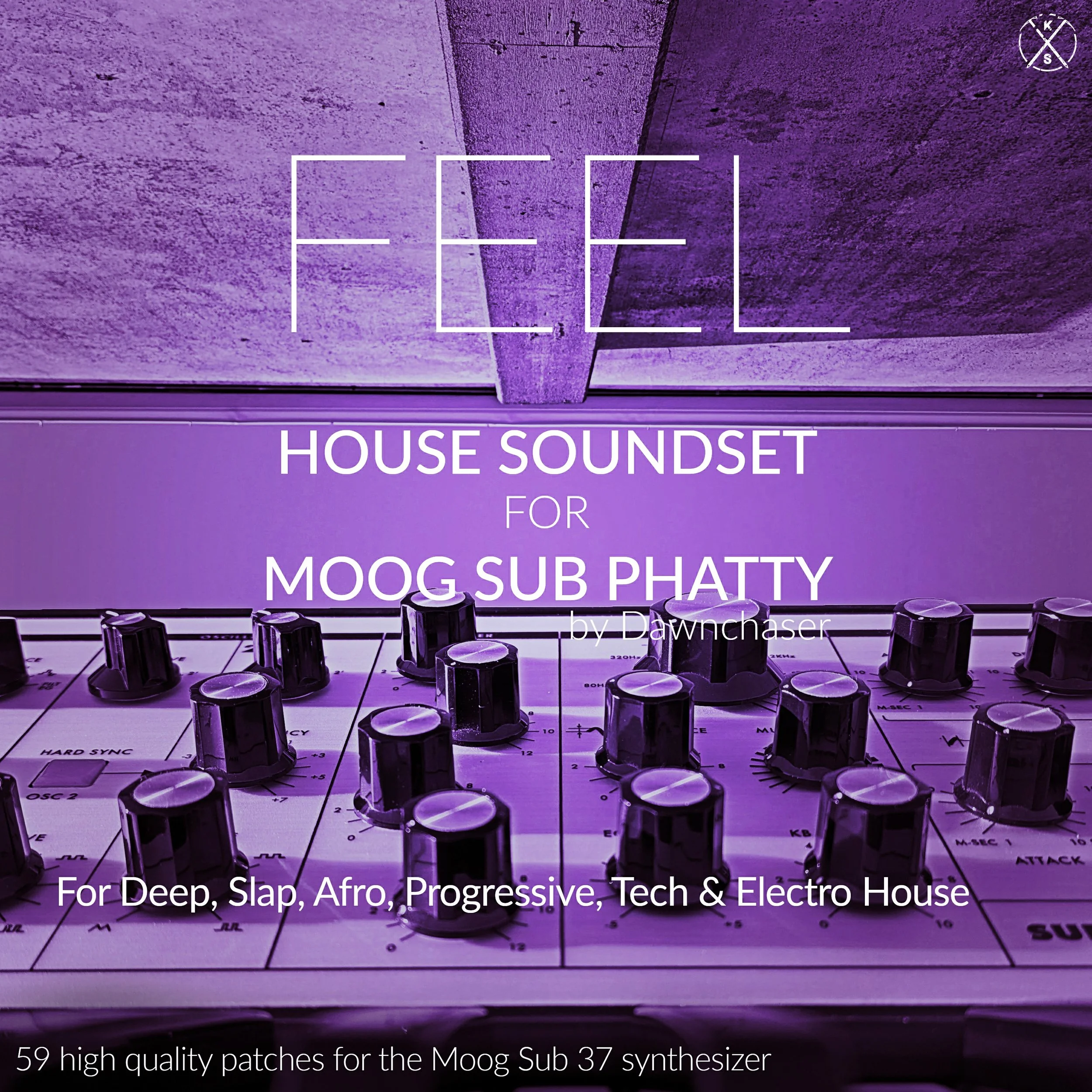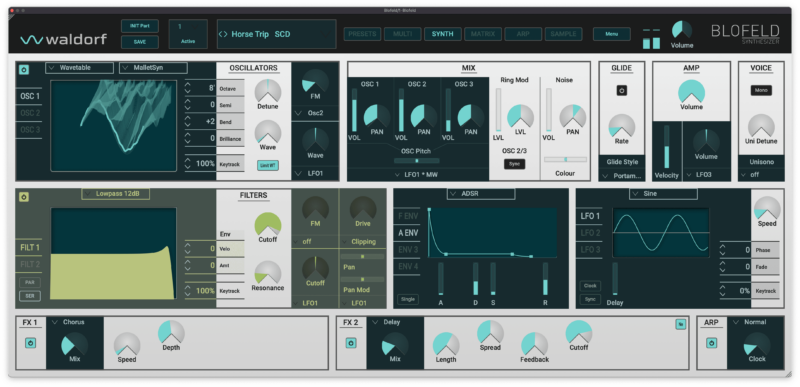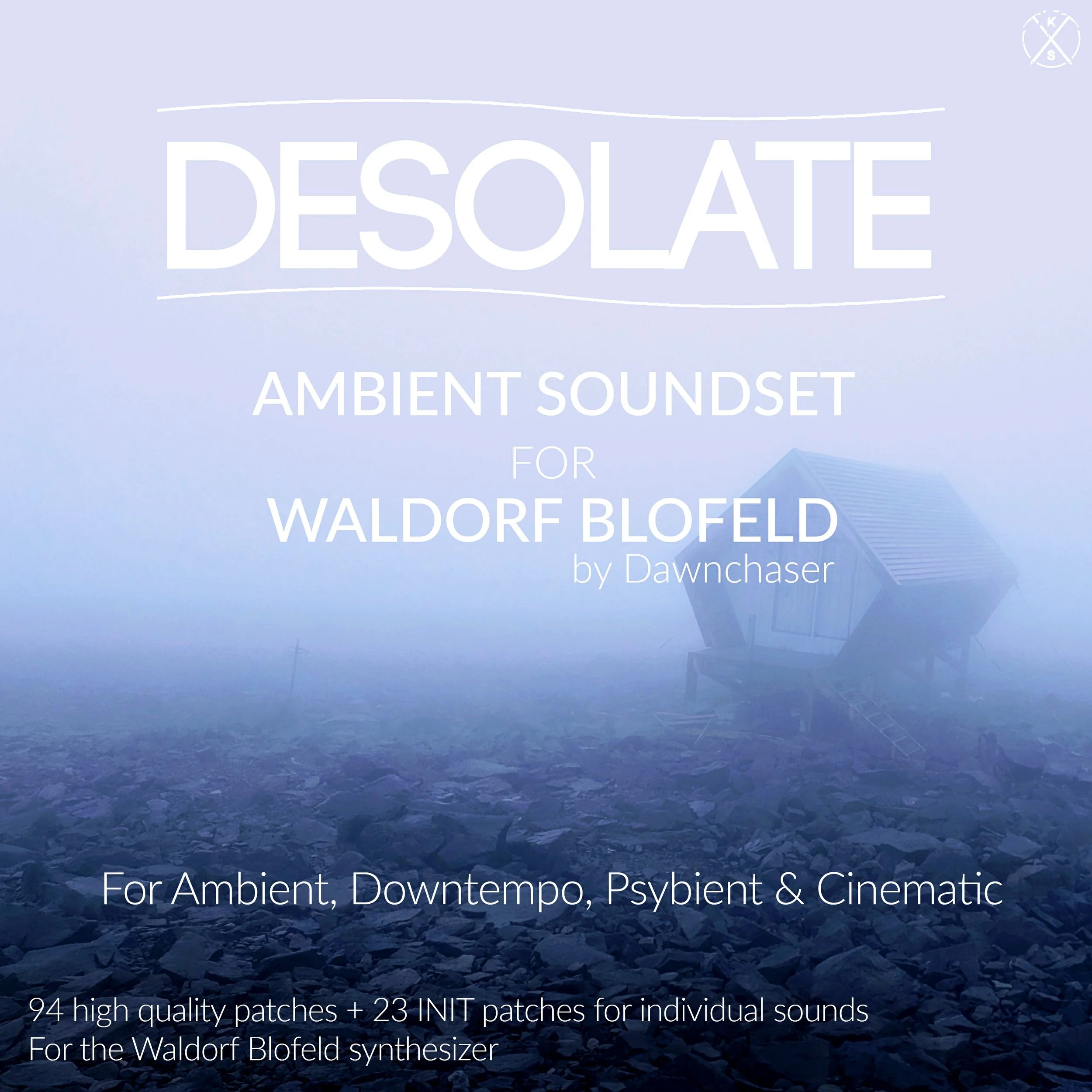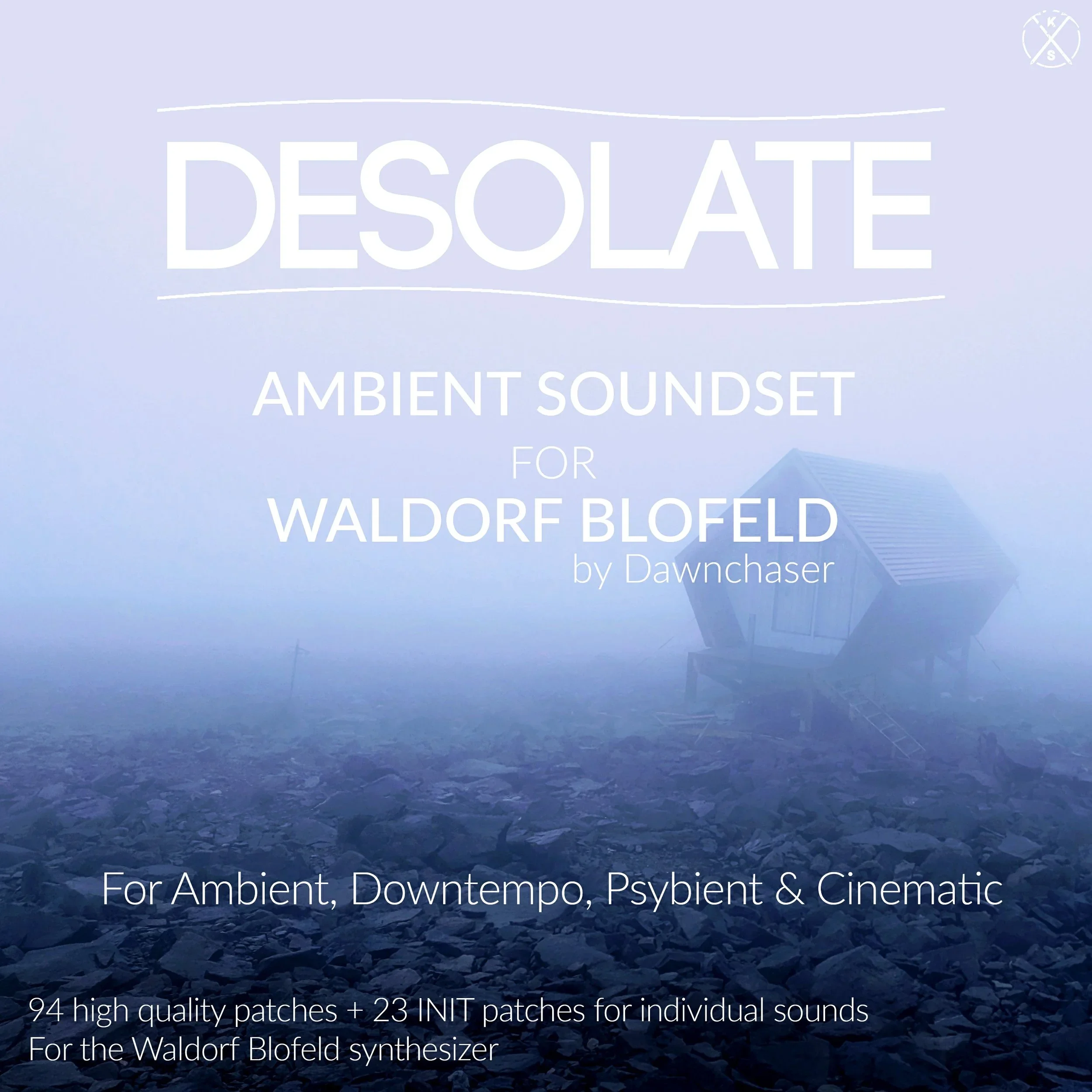Let’s be honest. This is almost certainly what brought you here. The original SuperSaw synth, its 7 asymmetrically-detuned Sawtooth waves run off a single oscillator with logarithmic-scale detuning enabled producers to create massive, lush leads and pads with 2 knob turns, and consequently create epic sounds that would propel Trance into the mainstream.
The SuperSaw, besides the aforementioned wave-stacking and detuning, also hid a hipass filter inside the oscillator, to eliminate low frequency mud from the saw waves. So out the gate, it sounds a touch thinner than the raw Sawtooth oscillator. It’s rough, it’s a little harsh, but with the right filter and Amp envelope settings, and a generous bit of reverb, it still sounds as big and epic as ever. Modern SuperSaws from Sylenth or Spire or Viper or Serum 2 may be able to reach even bigger levels of wave-stacking and polyphony, but the original still sounds spectacular, and with the right filter and EQ adjustments, will sound excellent in a modern tune.
All the other waveforms are fairly standard, and tend to be on the bright and sharp side. The Sawtooth in particular feels a little reminiscent of the JD-800 Saw, but as this is a VA synth with free-running oscillators, the sound is a bit rougher and more natural-sounding.
The Pulse wave has full sweep, and one of the knobs activates PWM, so classic analog strings can be had easily enough. Only real gripe is that you can’t switch the PWM source to anything except LFO 1, so no creating interesting modulated pulse plucks using the Filter Envelope as a source, like you can on Moogs or the Prophet Rev2, or the Blofeld.
The Feedback osc is quite interesting, as it is intended to mimic the sound of guitar feedback, for electric guitar noises. Combined with distortion and layered with other waveforms, this actually sounds very exciting, and is a fun addition.
Noise is also quite helpful, and you can sweep the frequency range and resonance, to dial in very precise flavors of Noise to add a little sizzle to your sounds (although honestly the oscillators on this synth are so bright it hardly seems necessary).
The Triangle wave can also be swept and modulated, and that yields a few interesting timbres. The Sync and Ring Mod functions baked into the Osc section are also cool, and are quite helpful for achieving bell tones and interesting gritty sounds.

